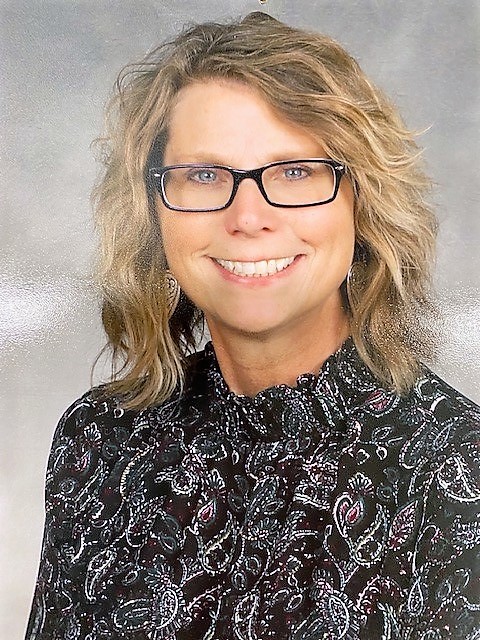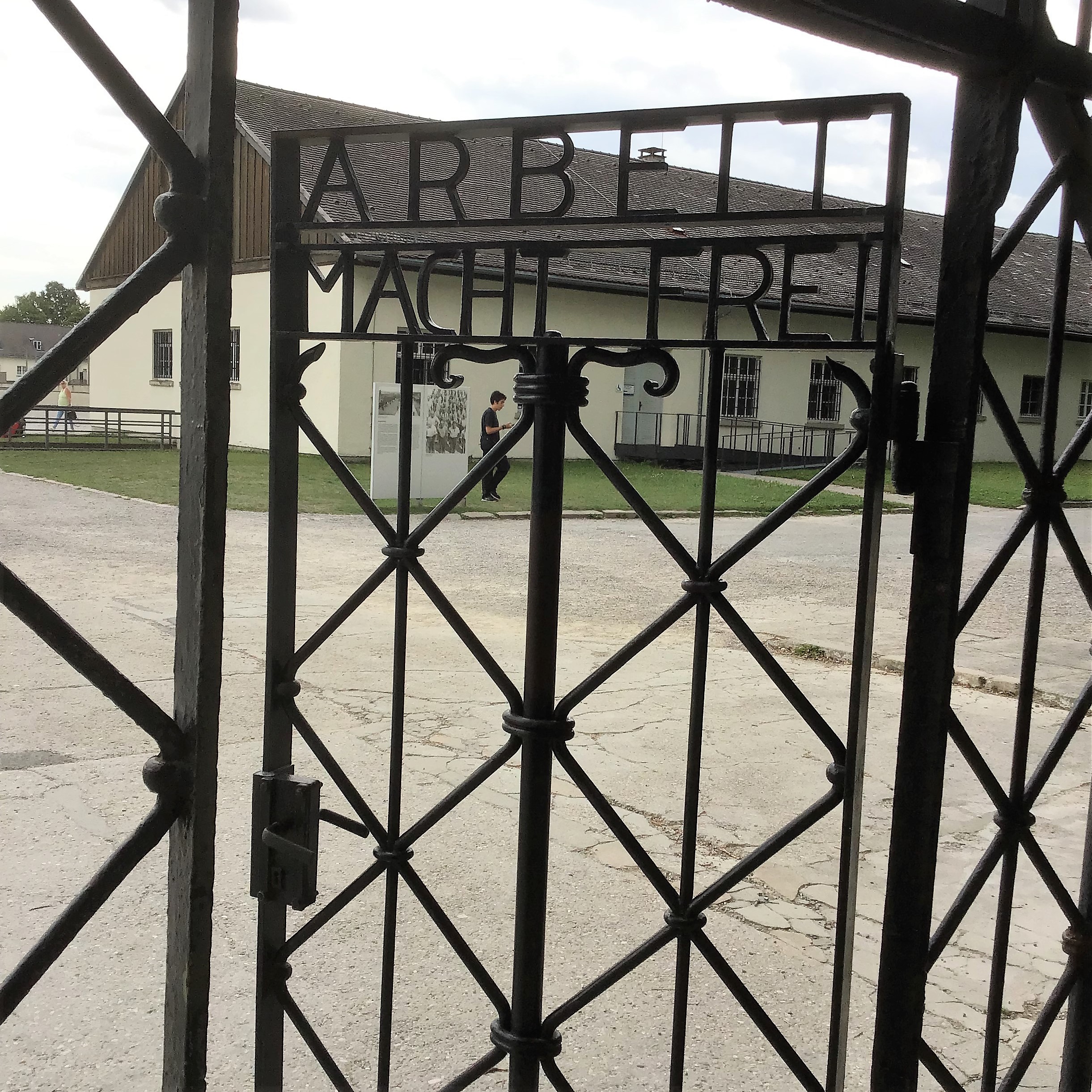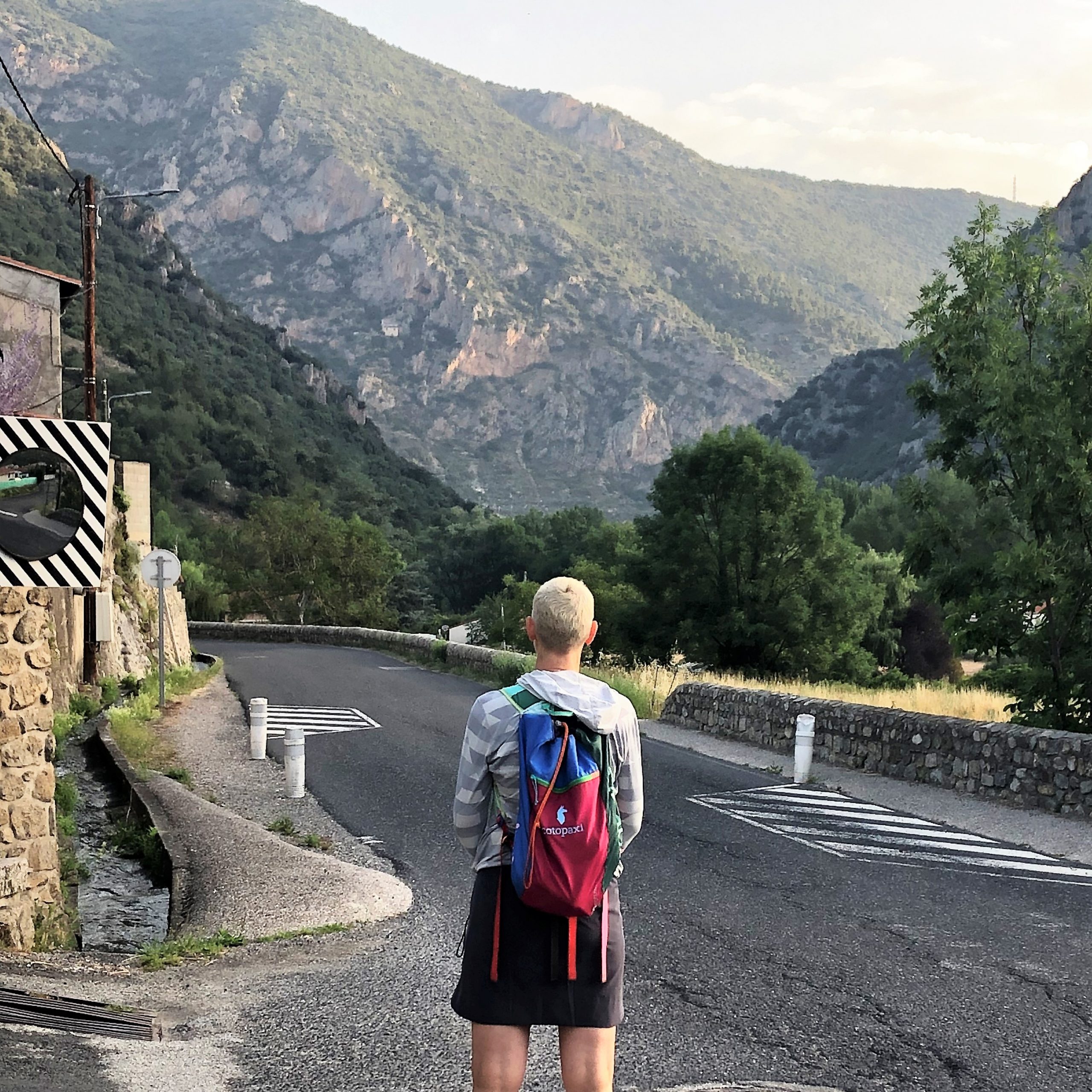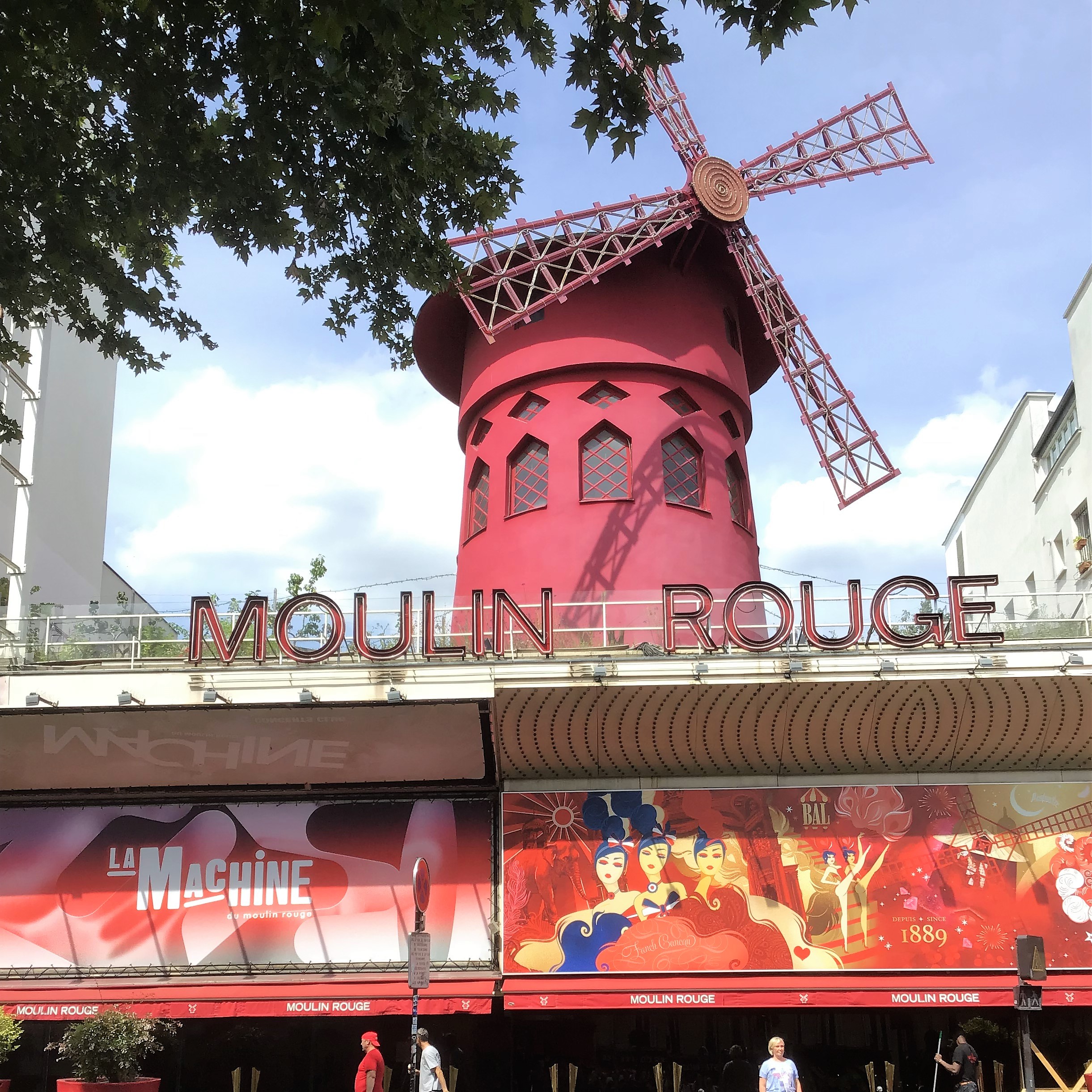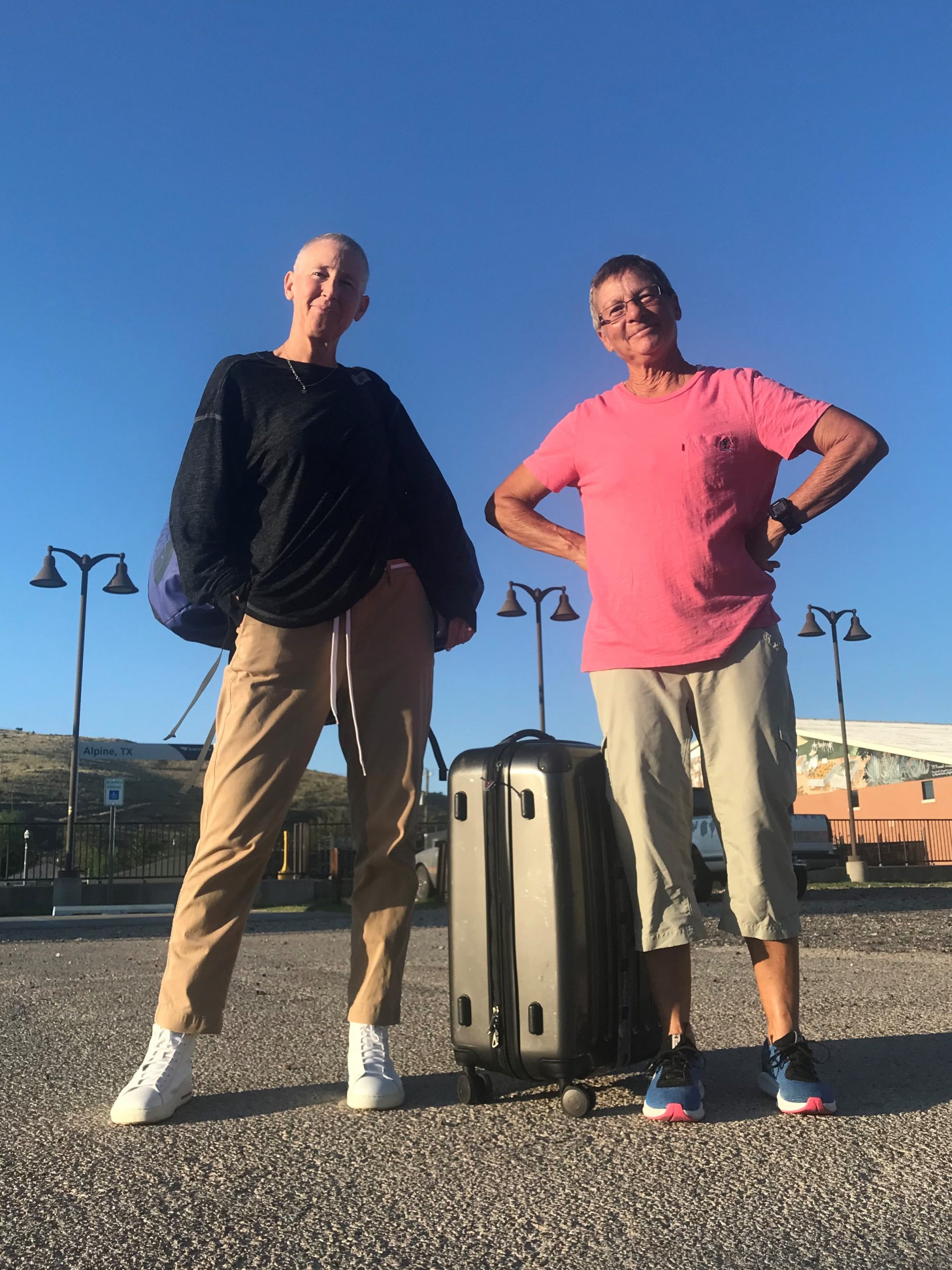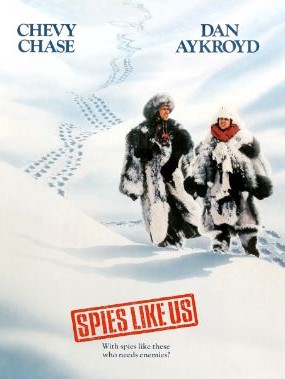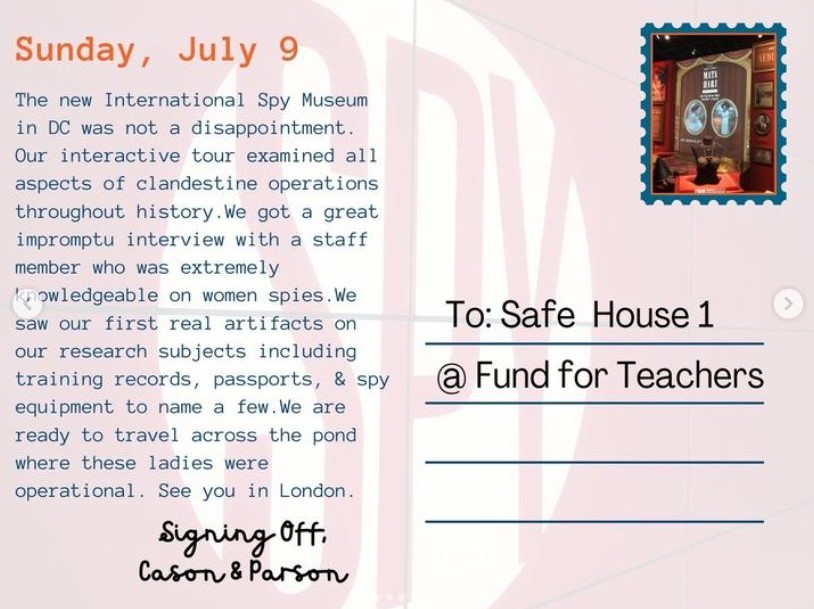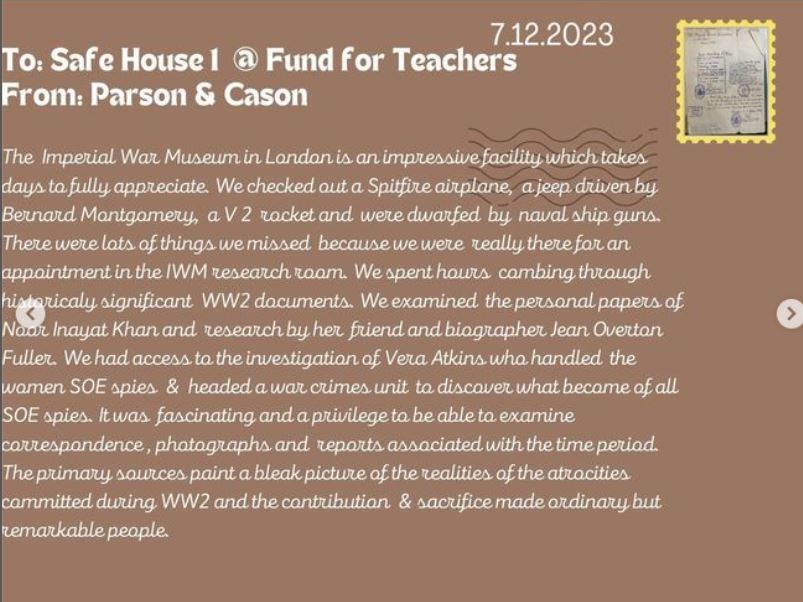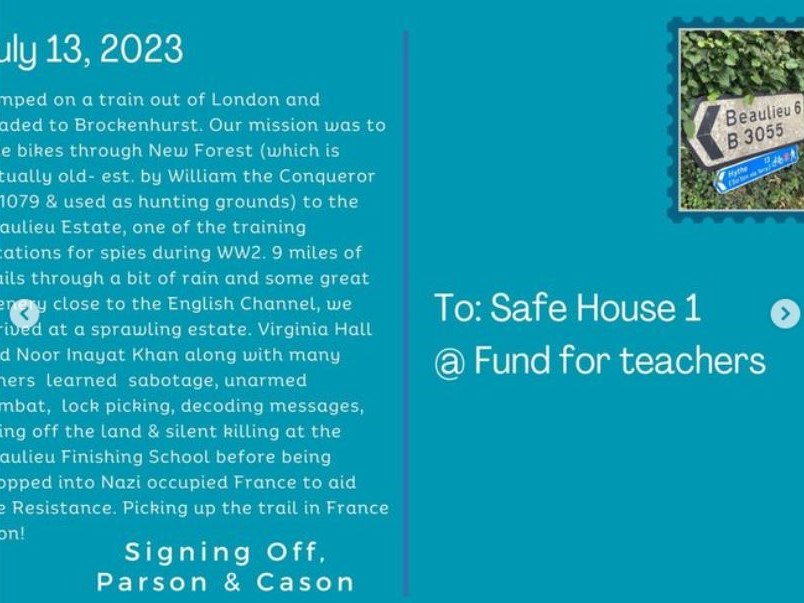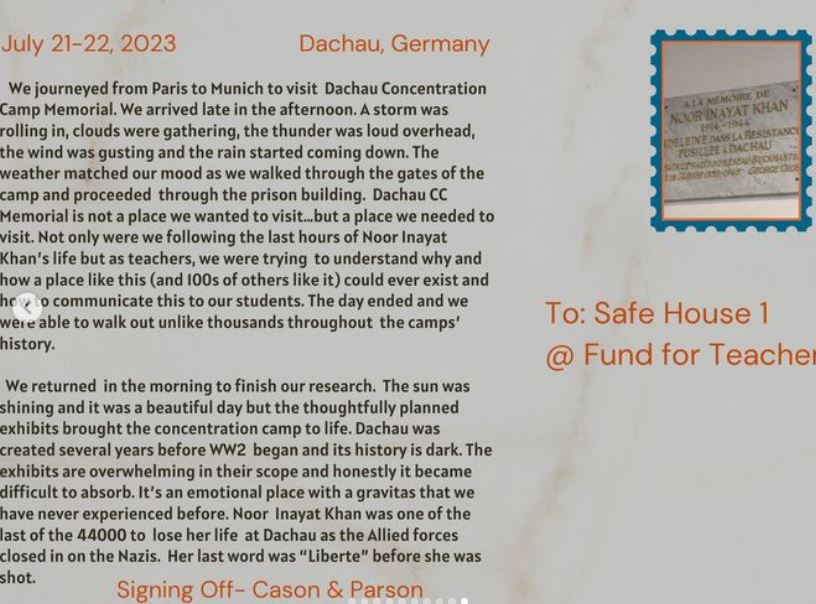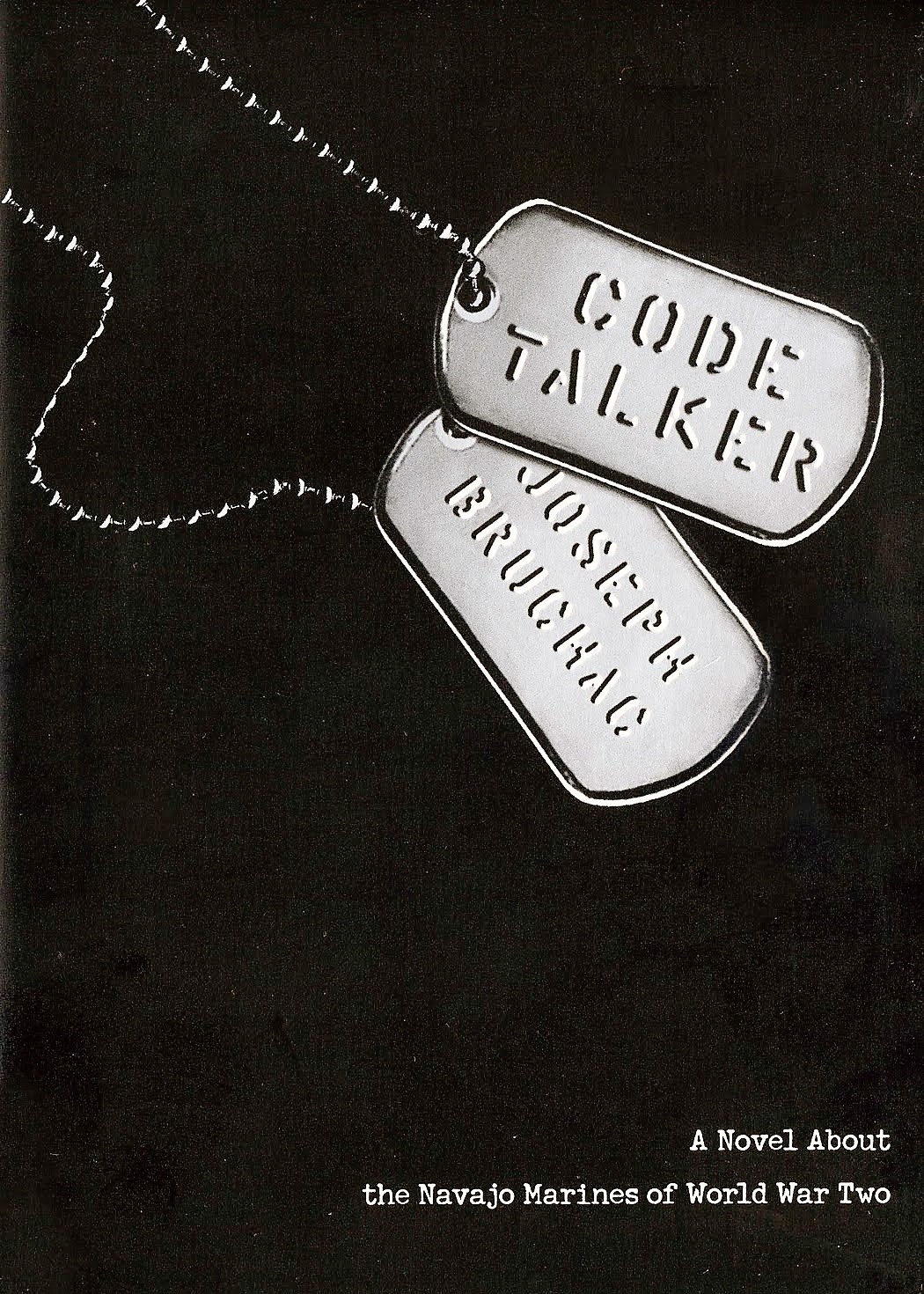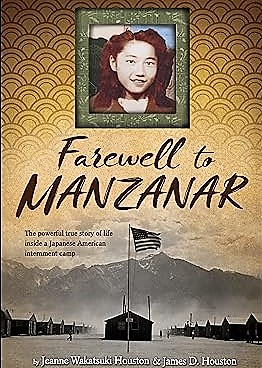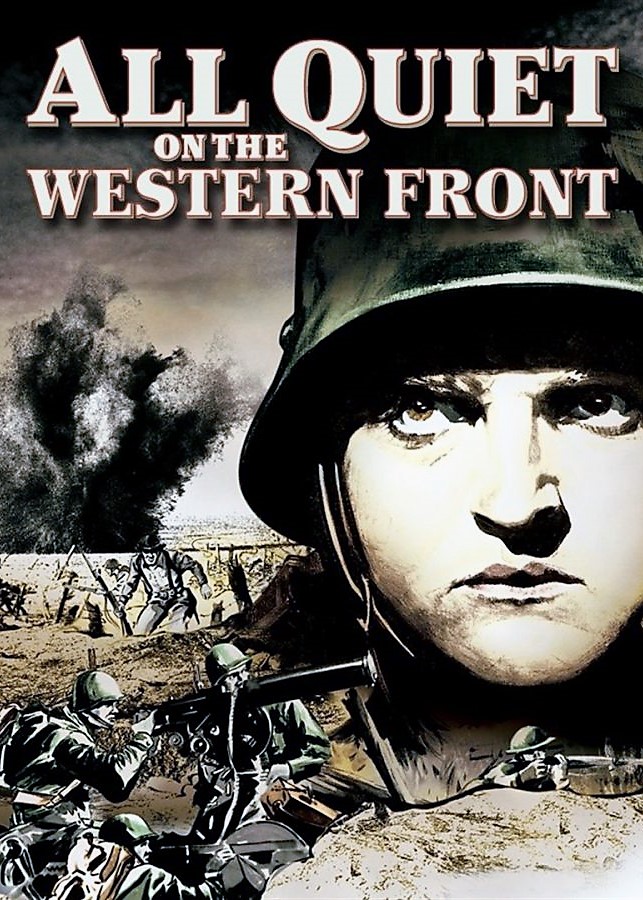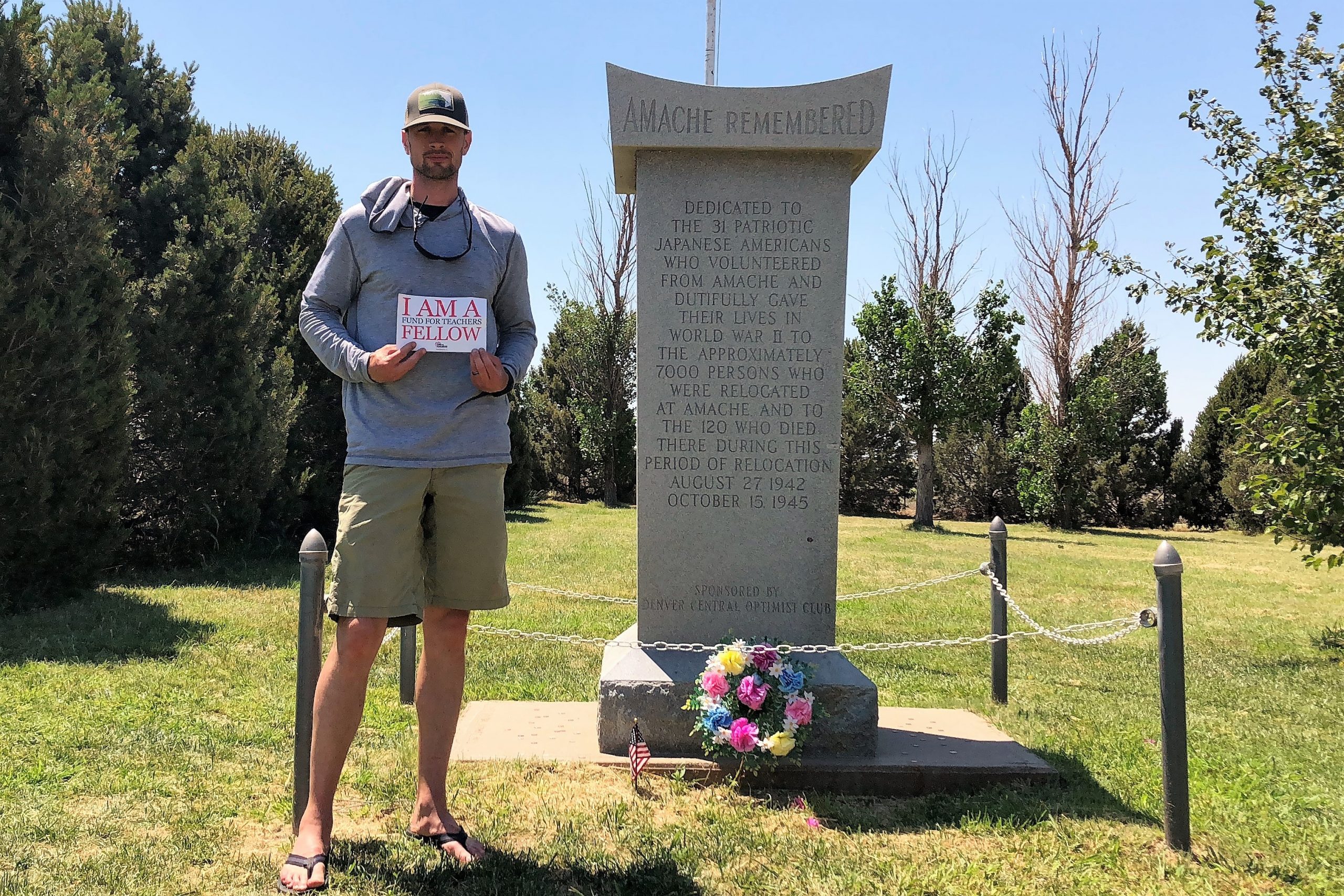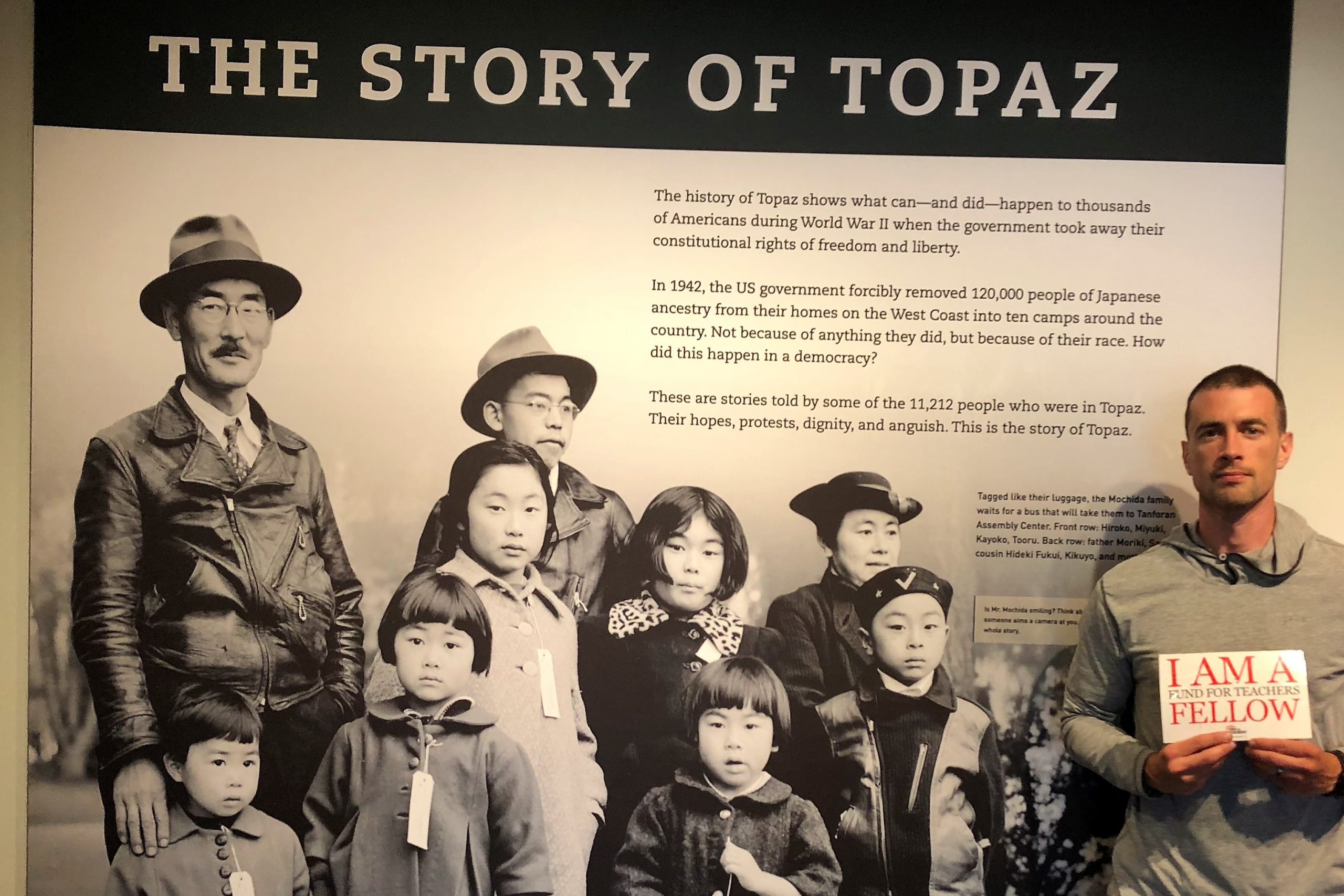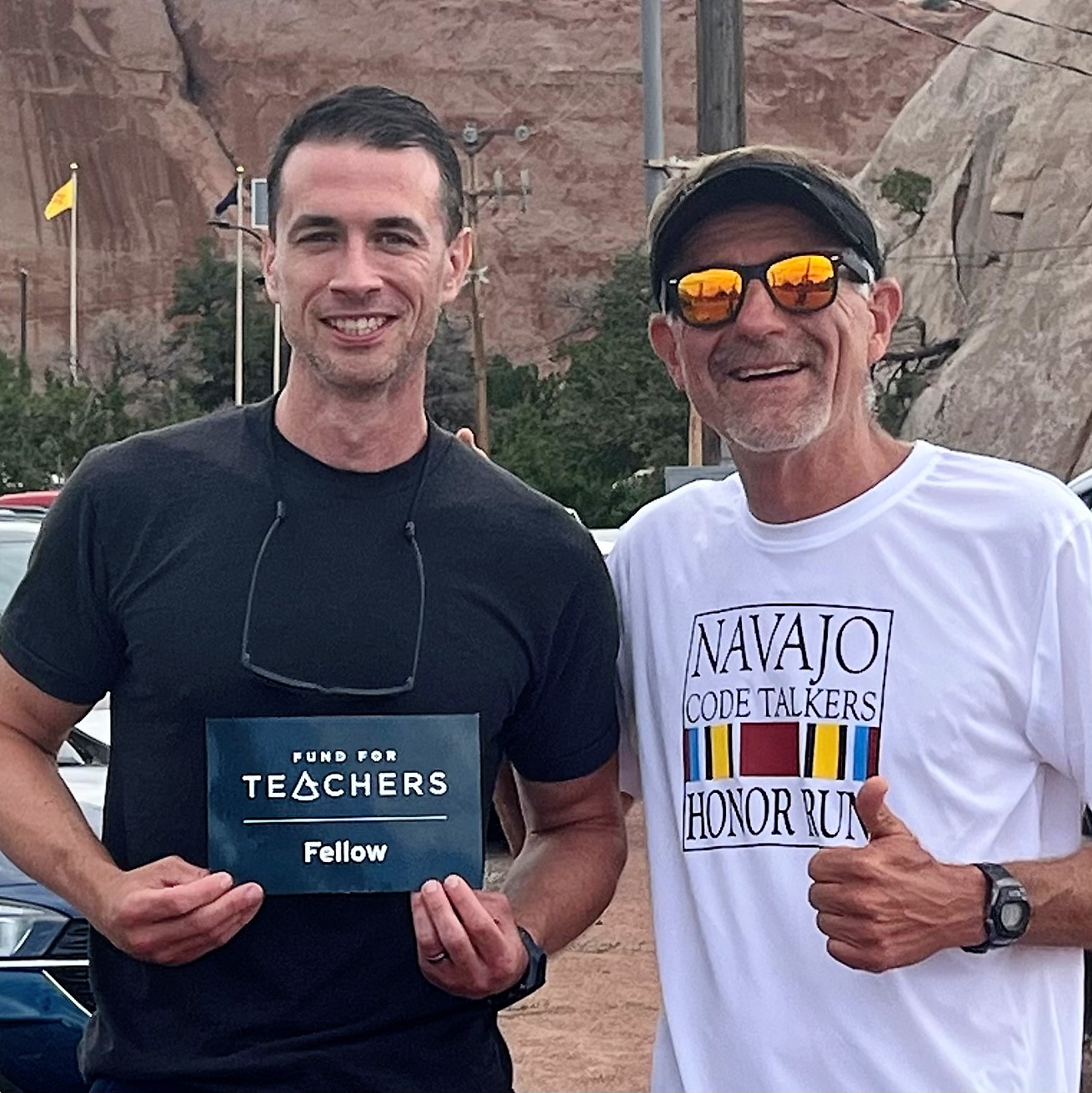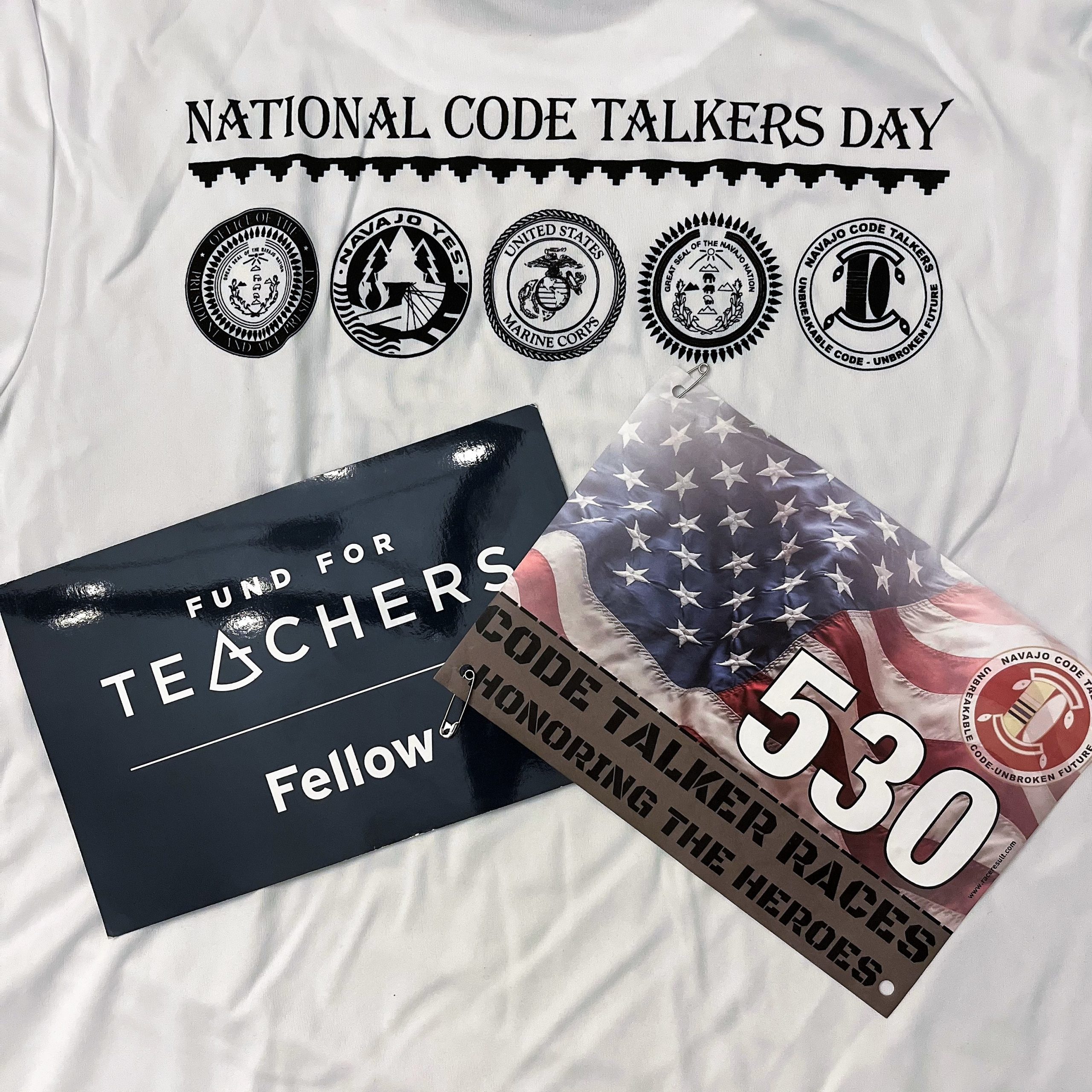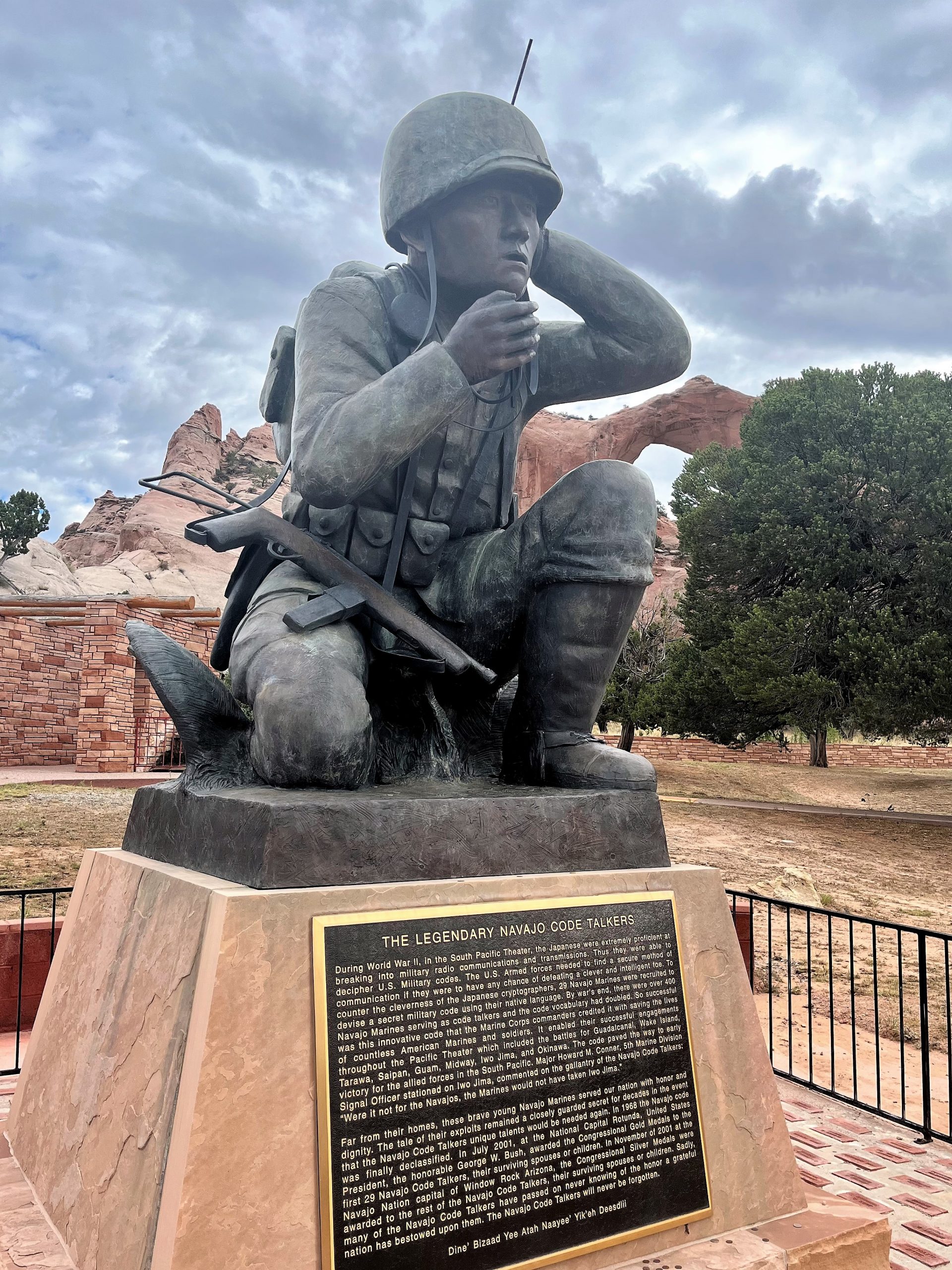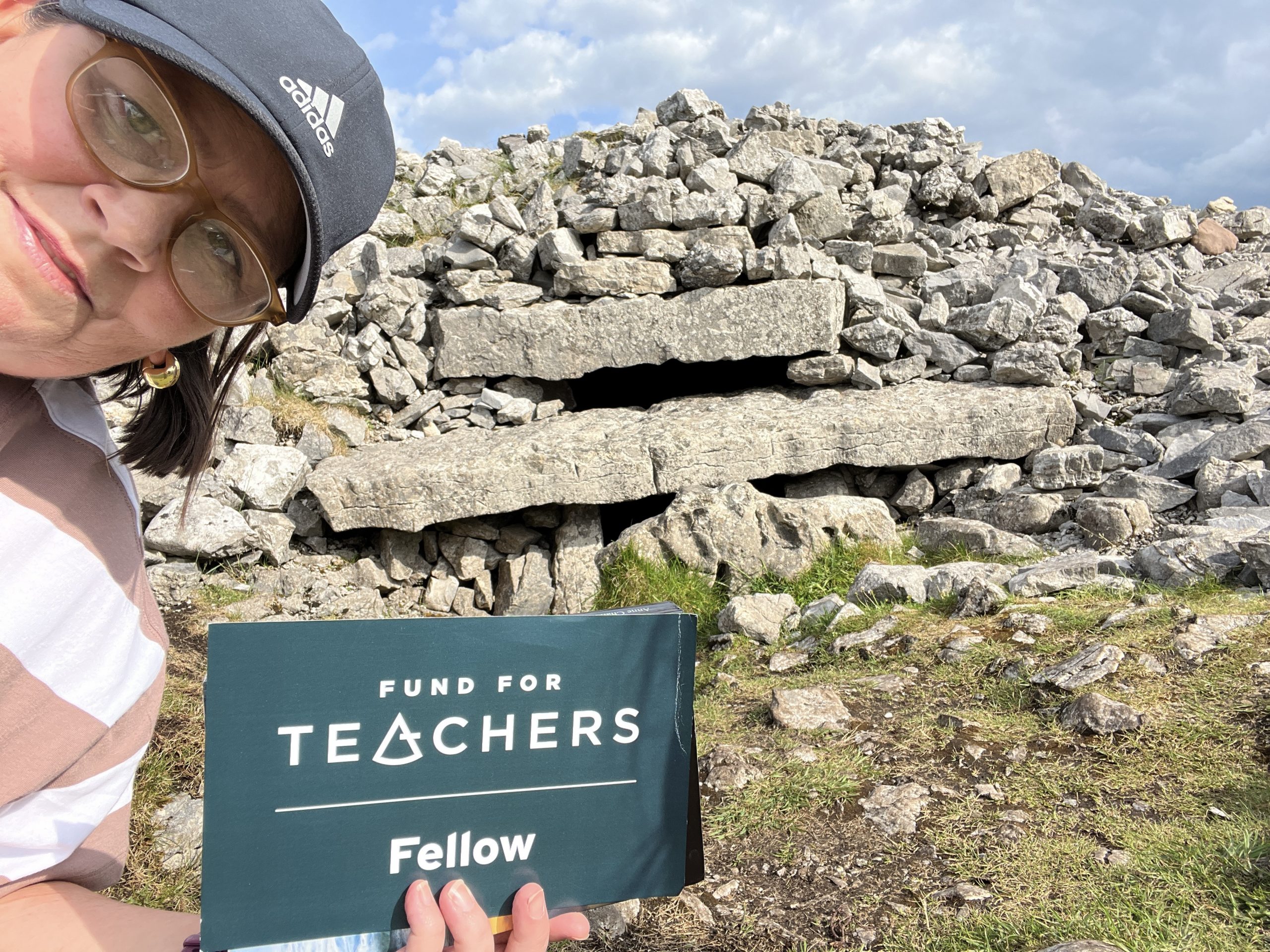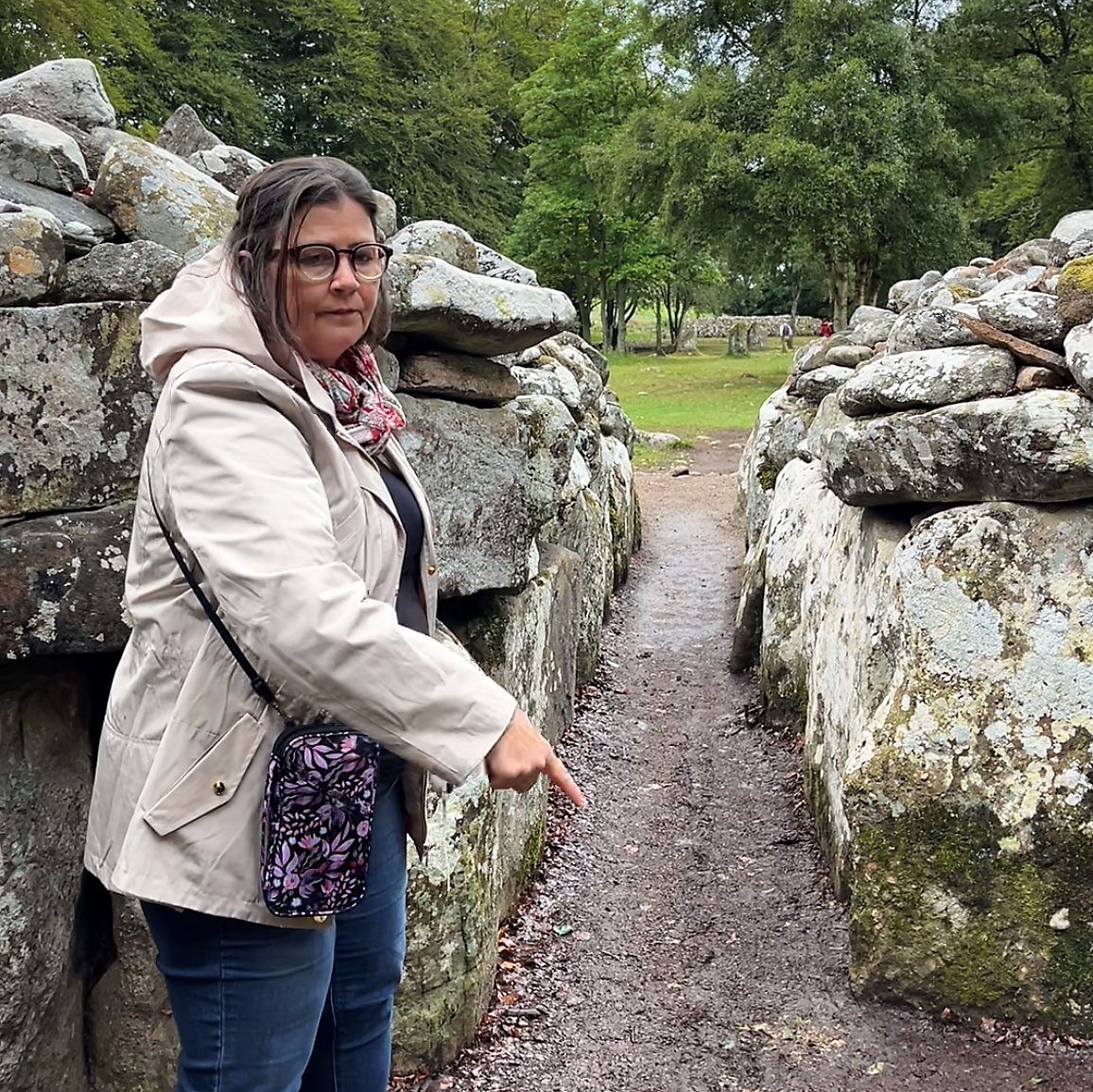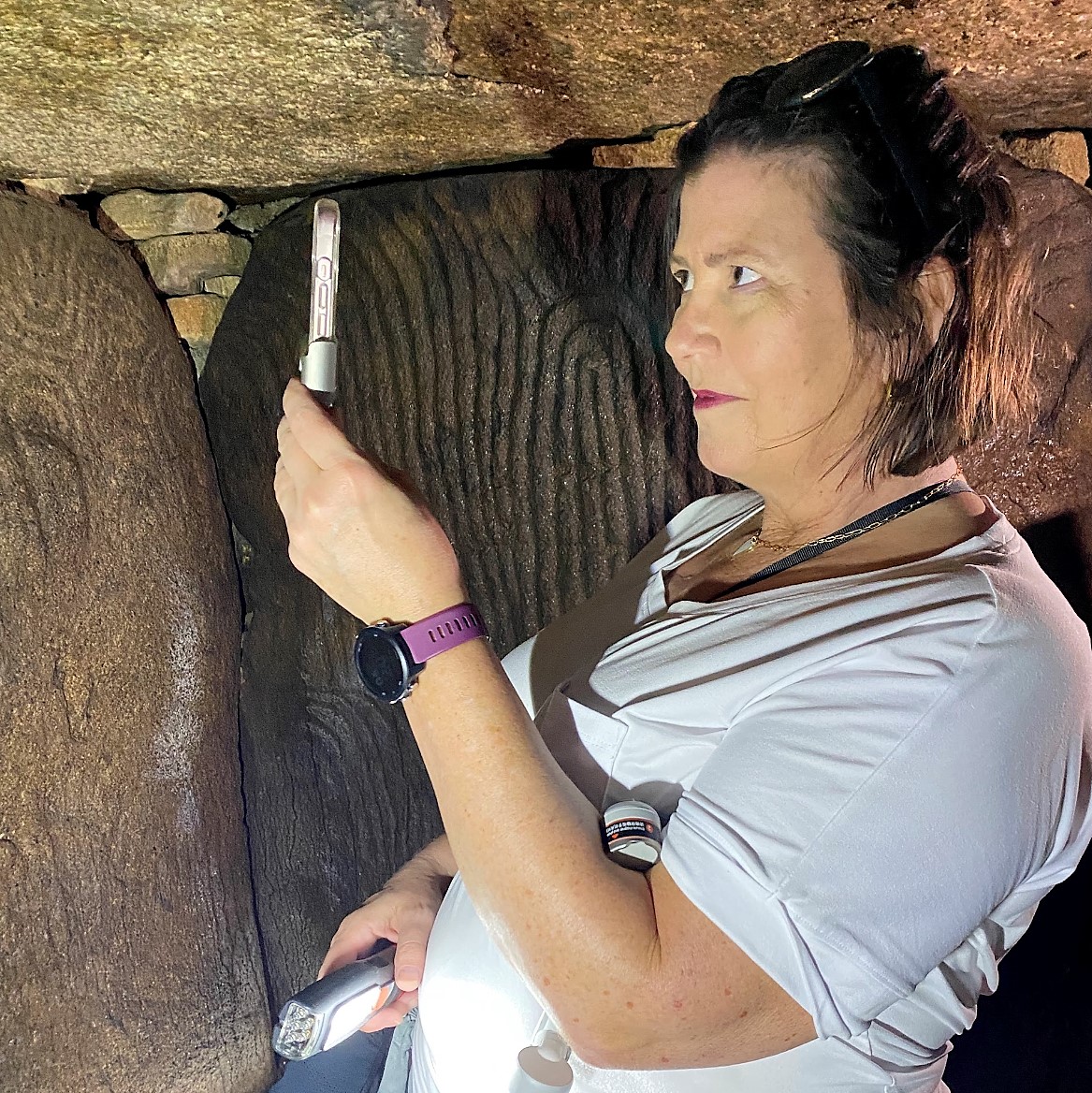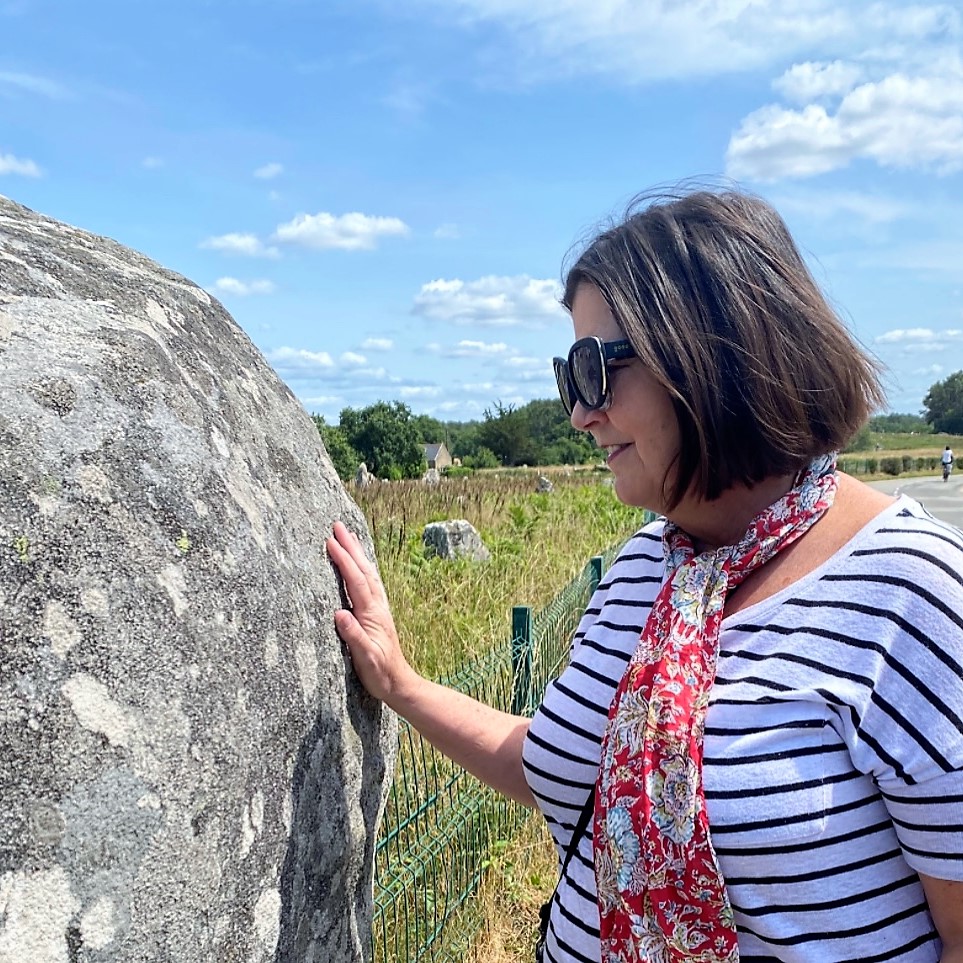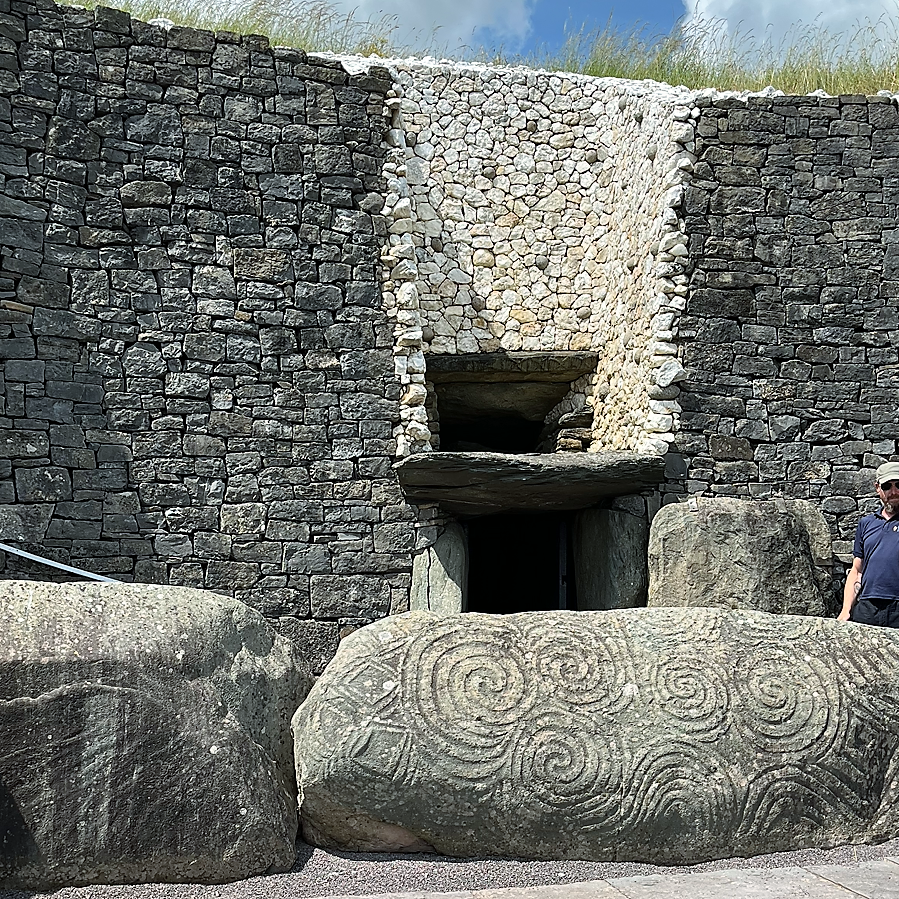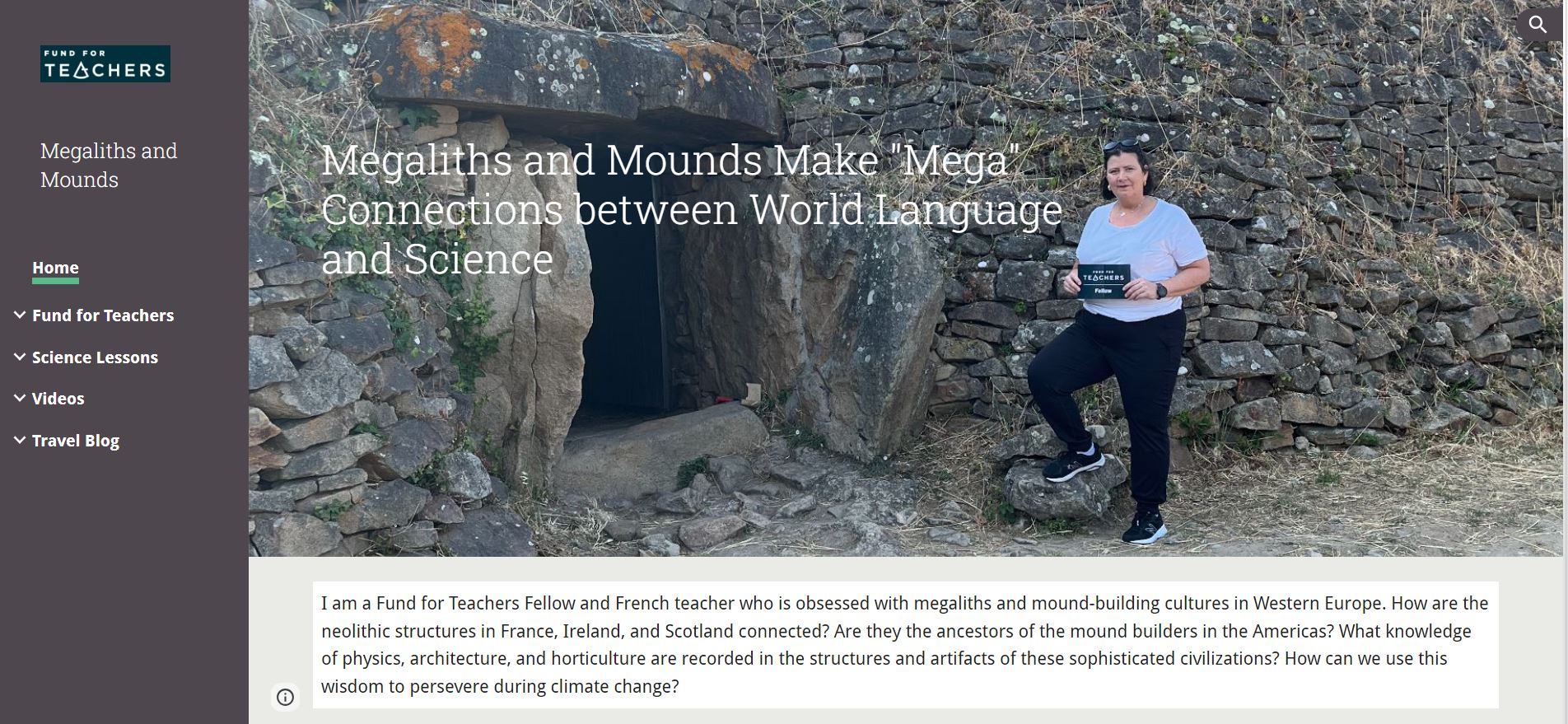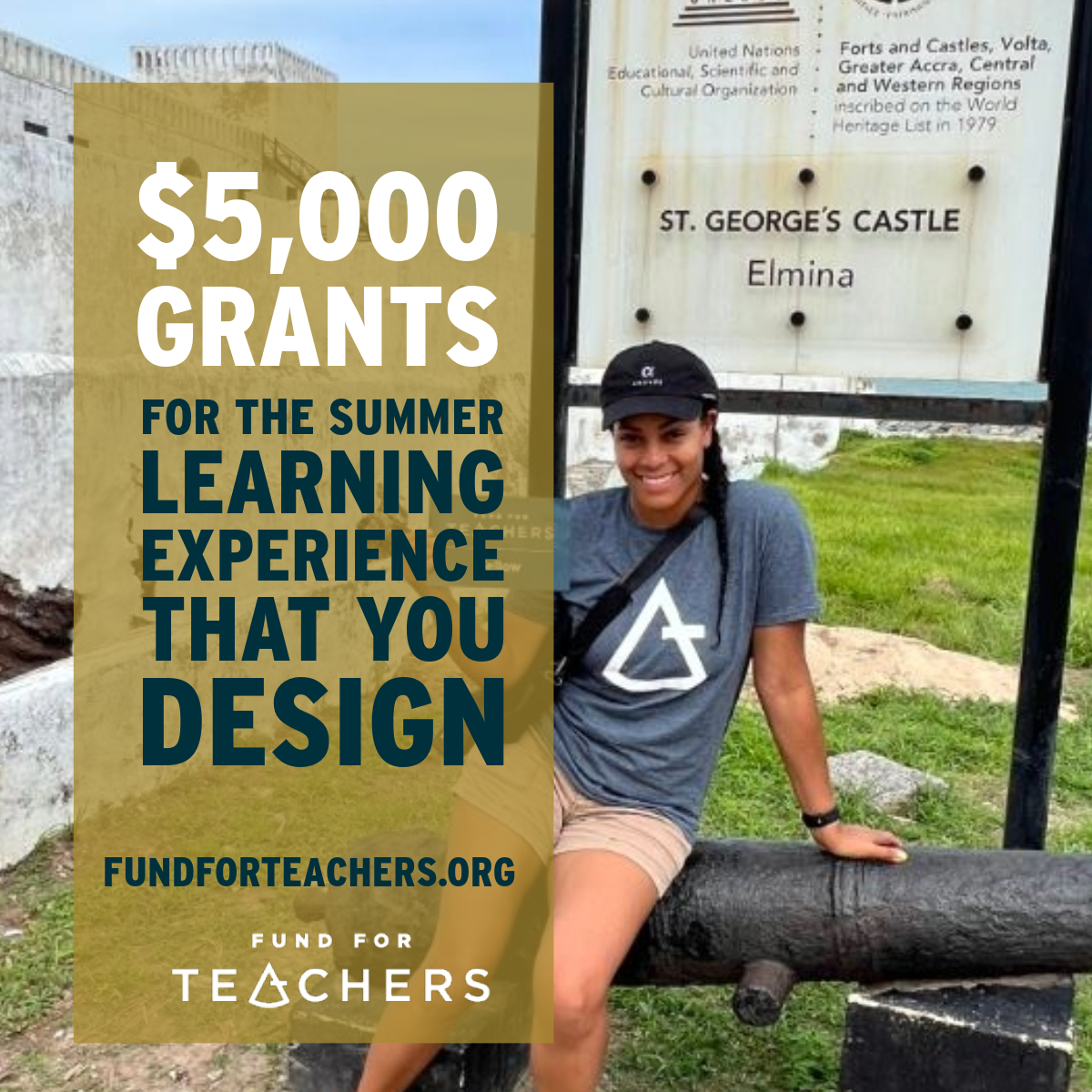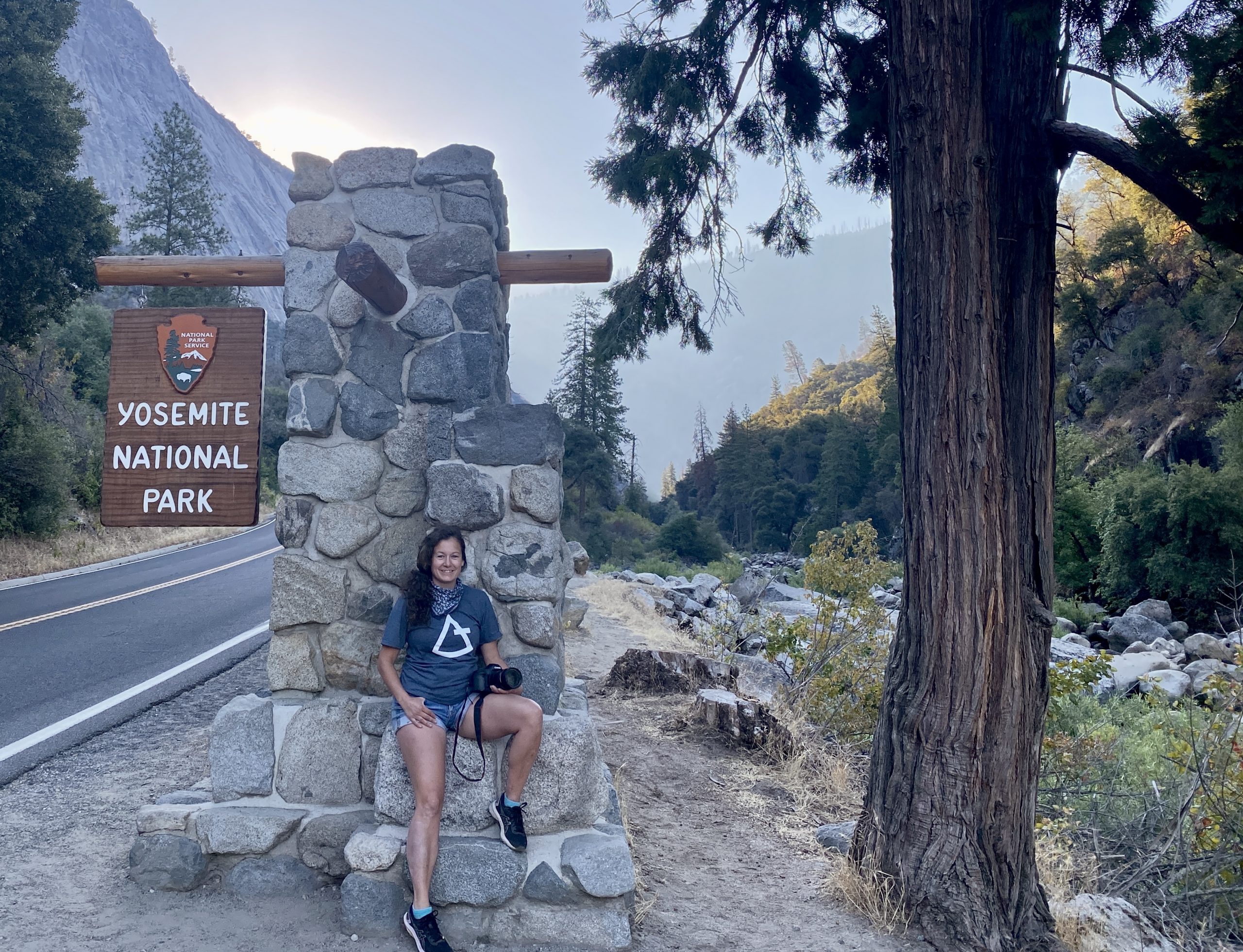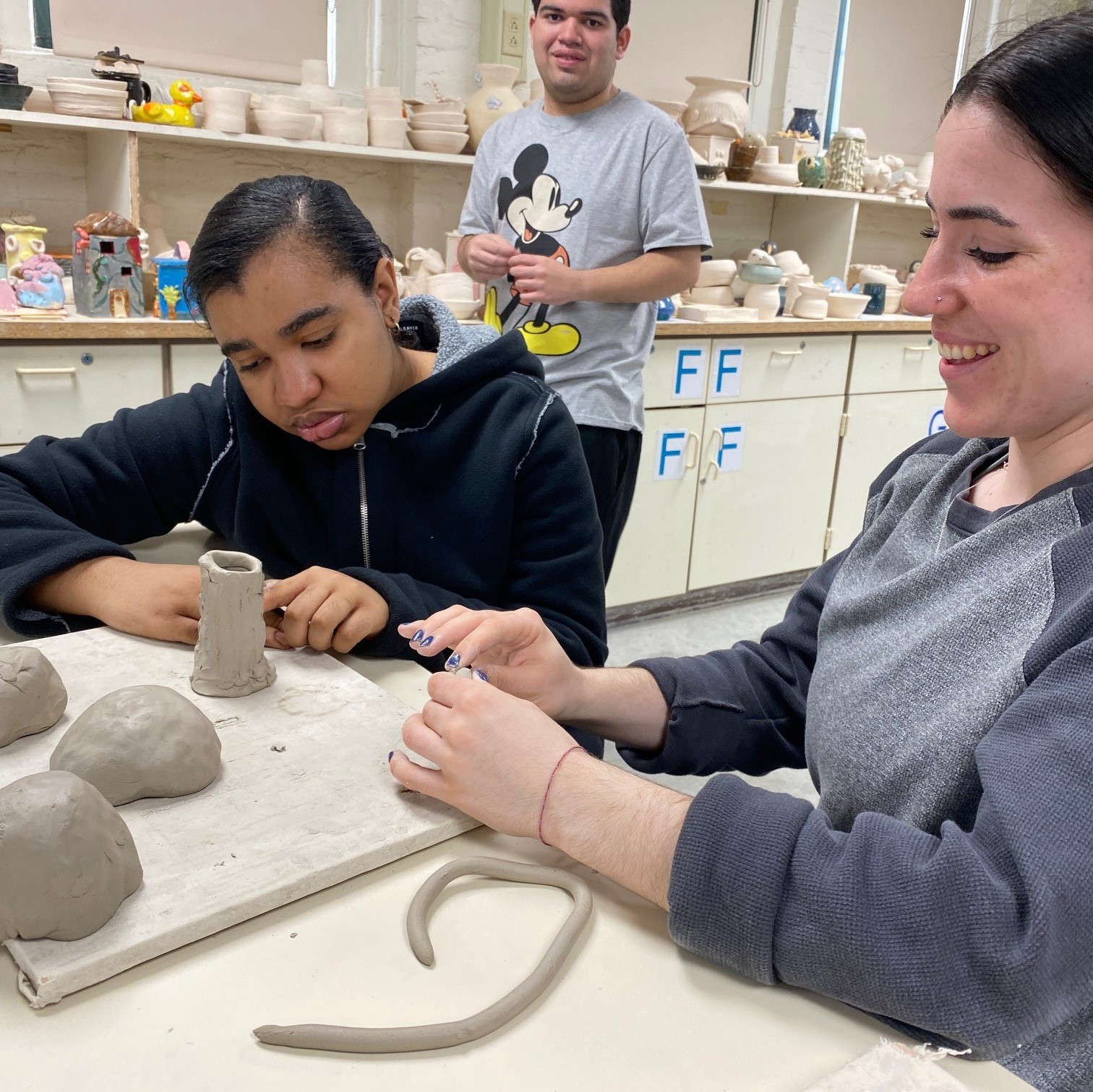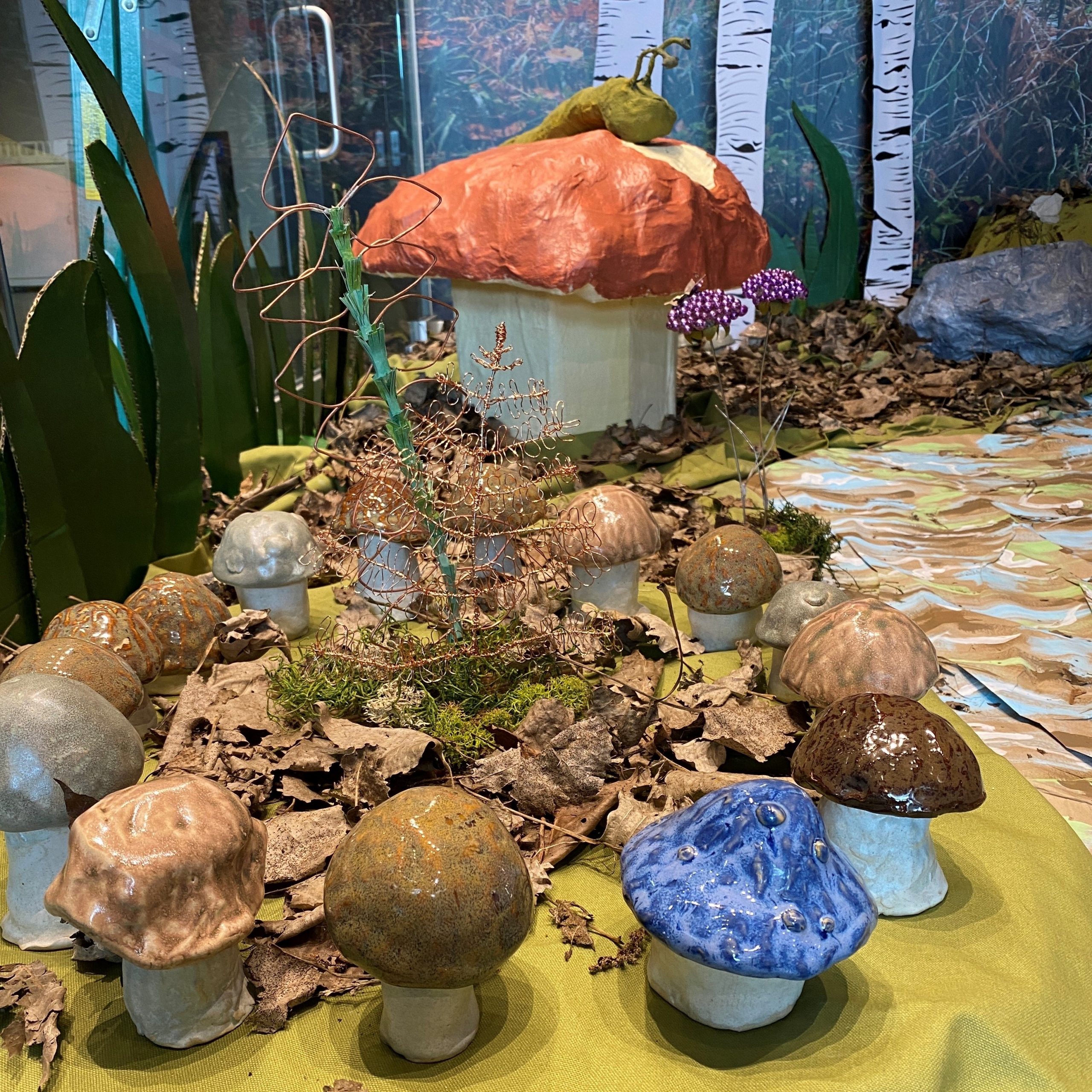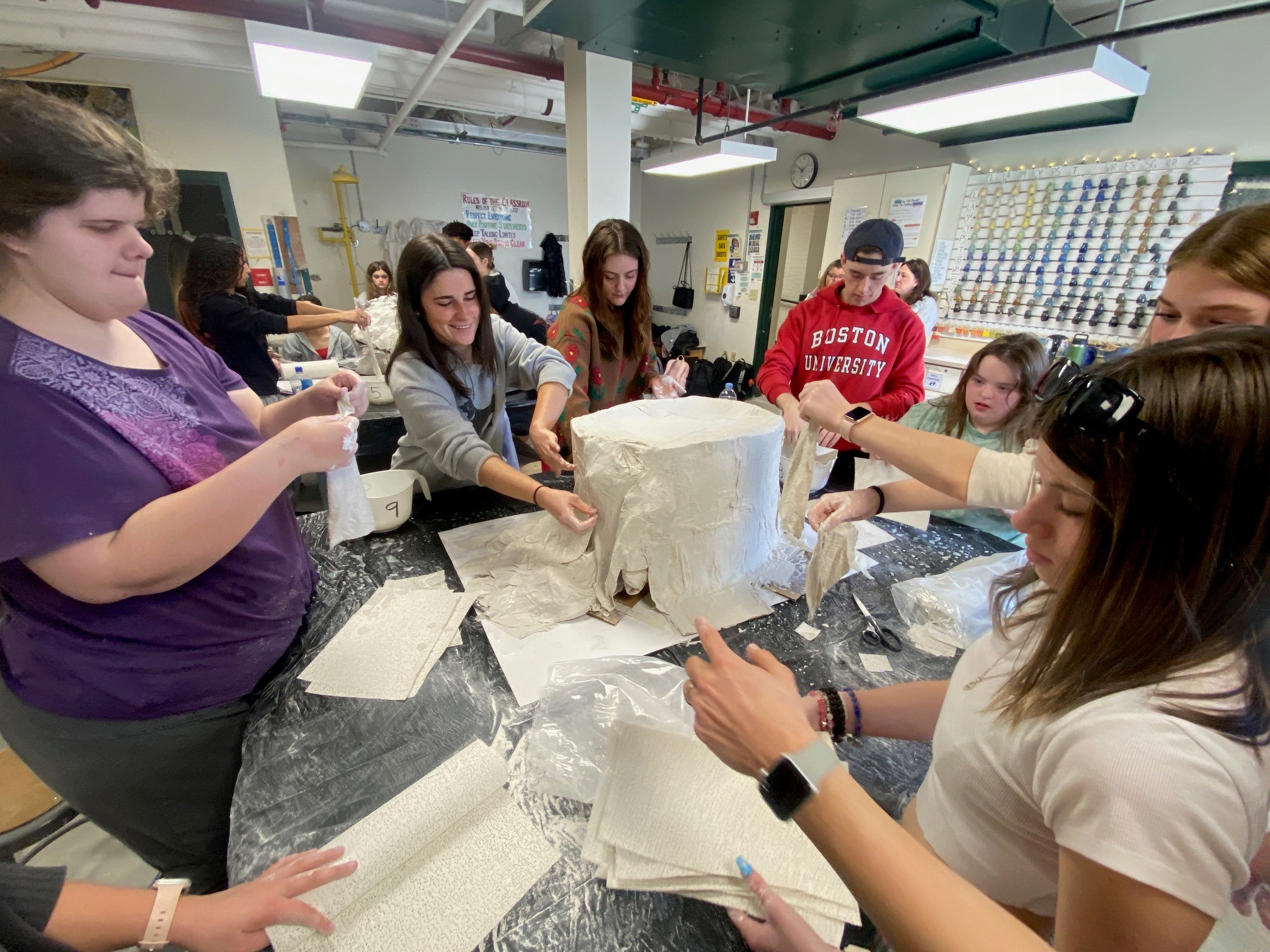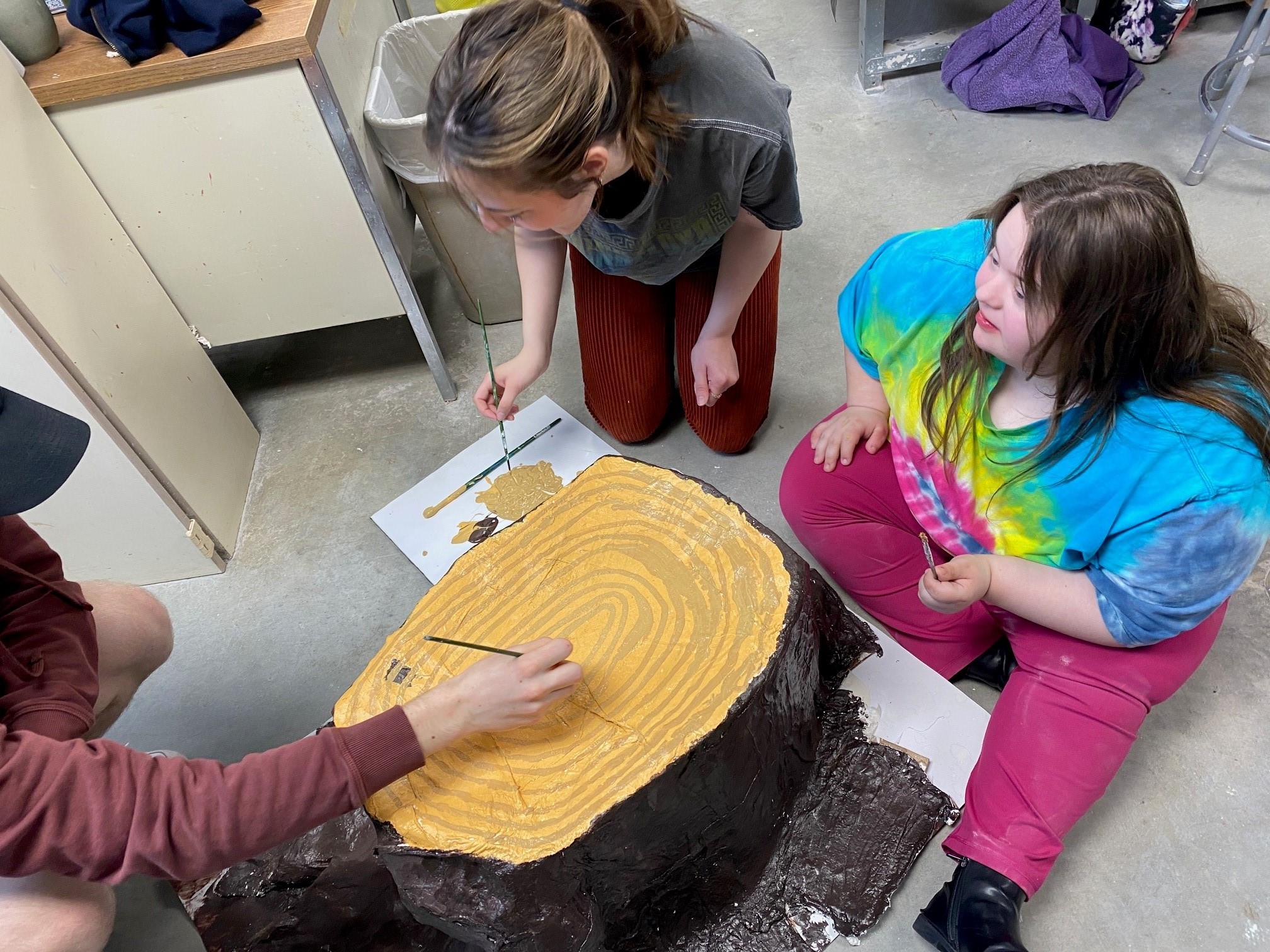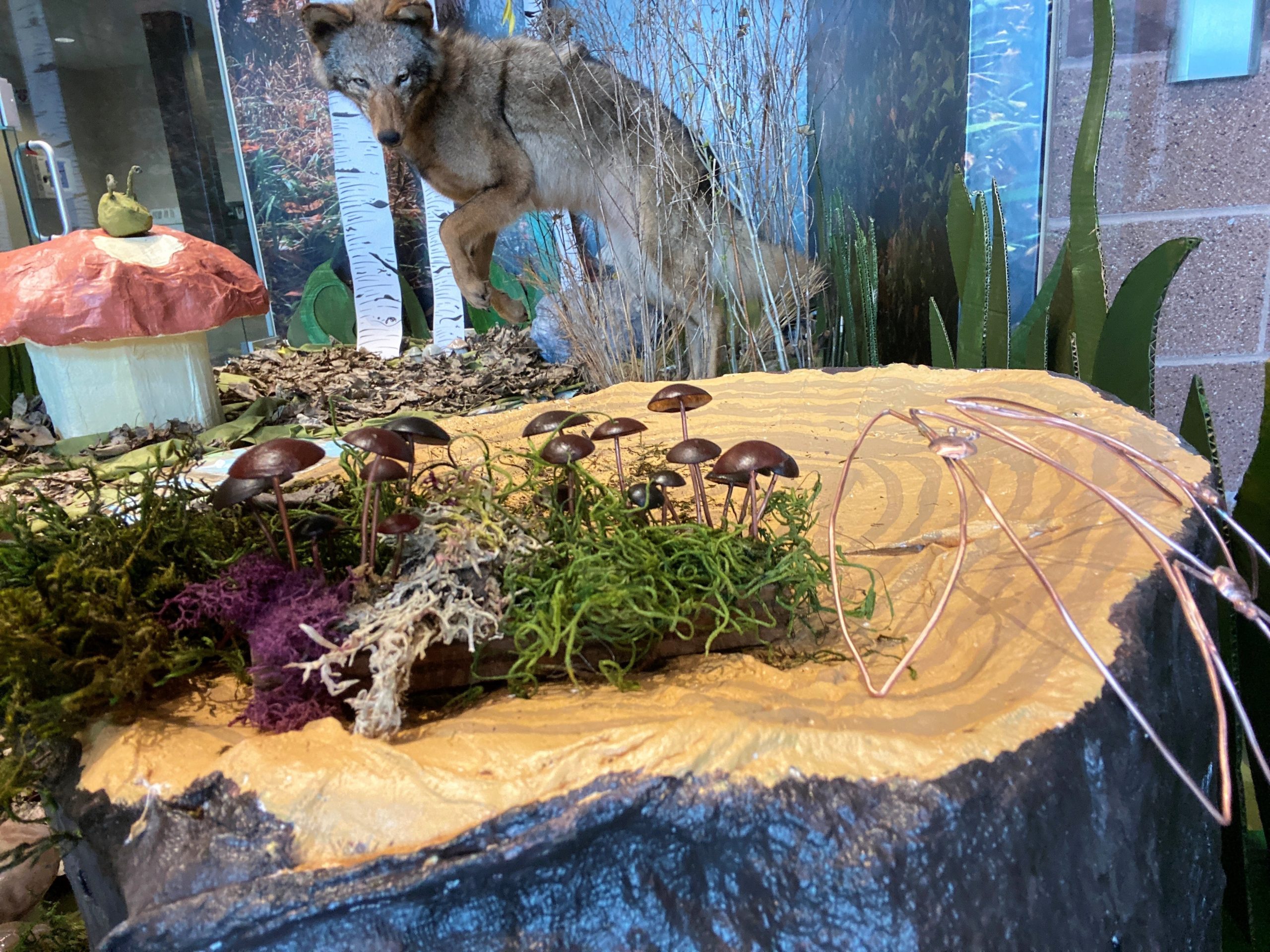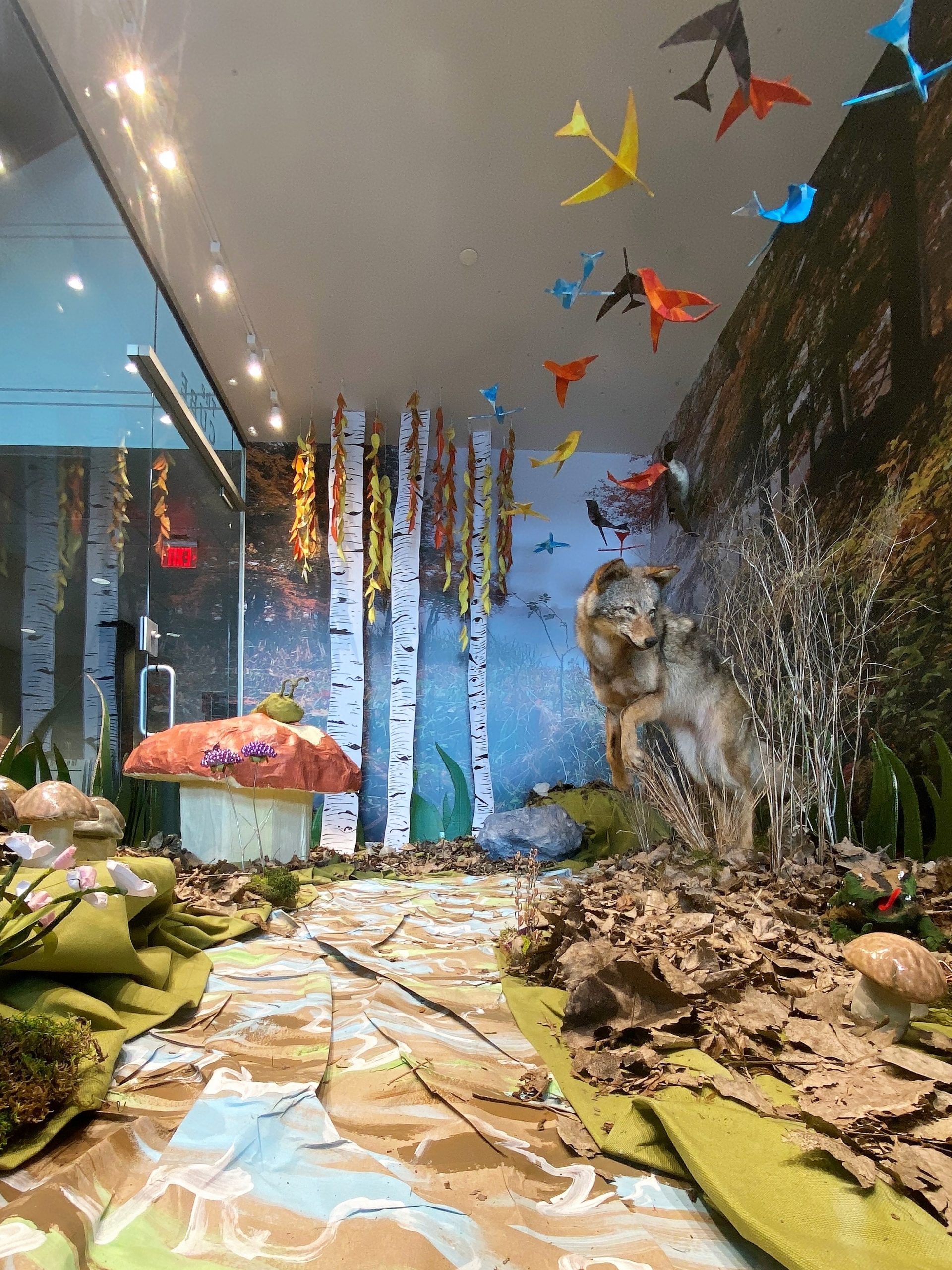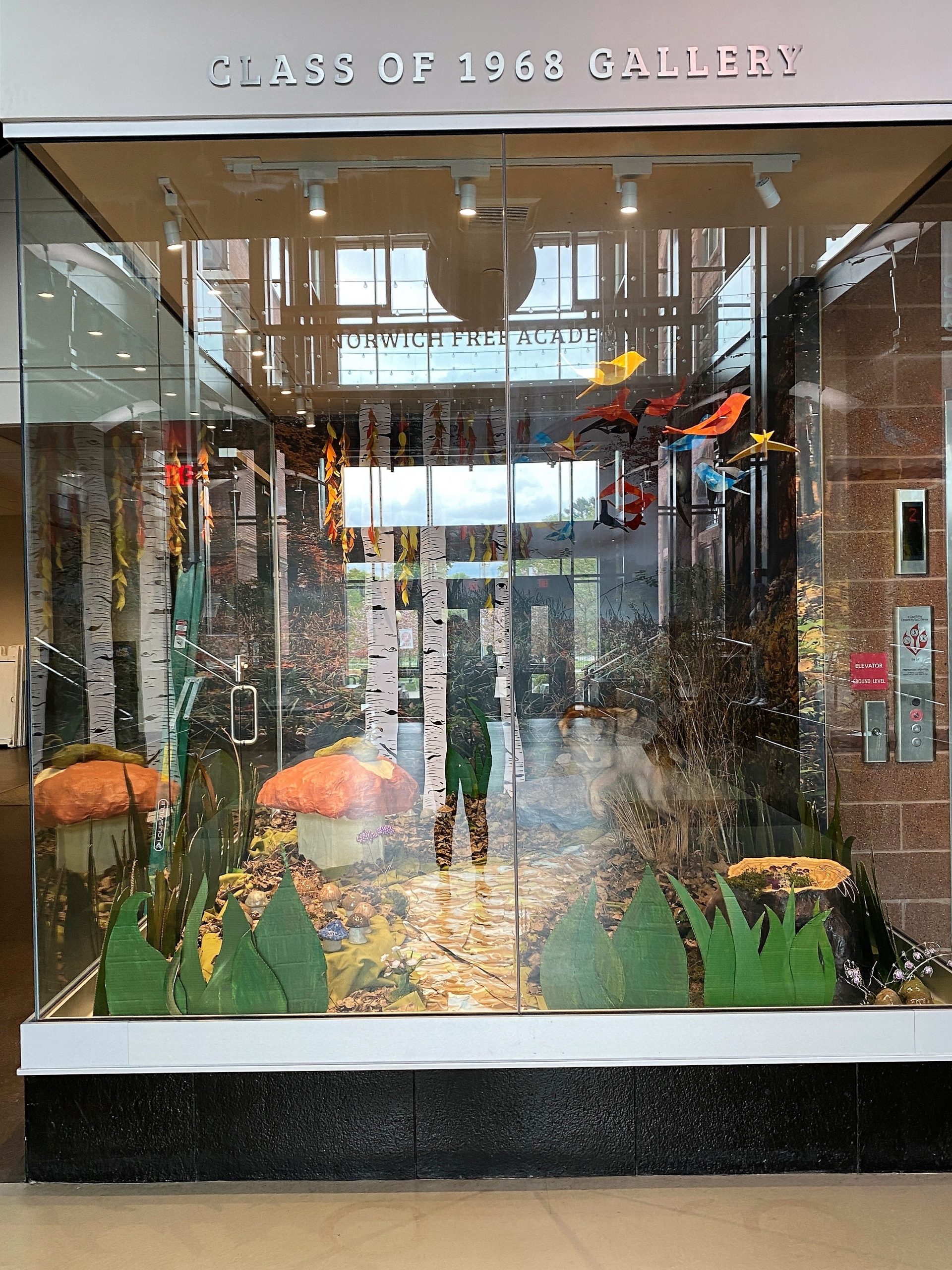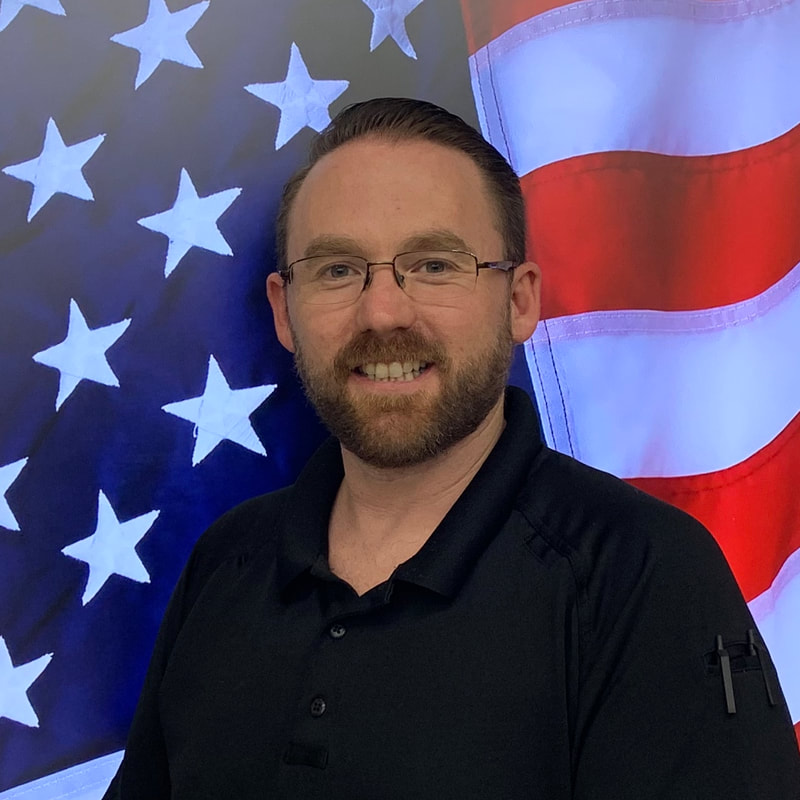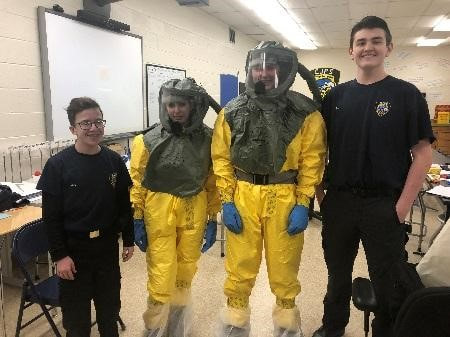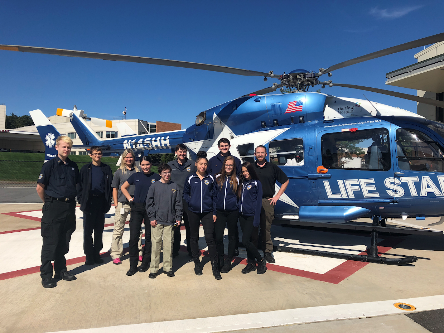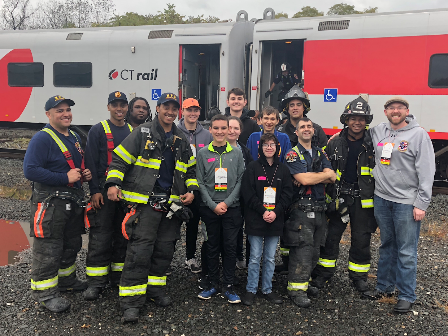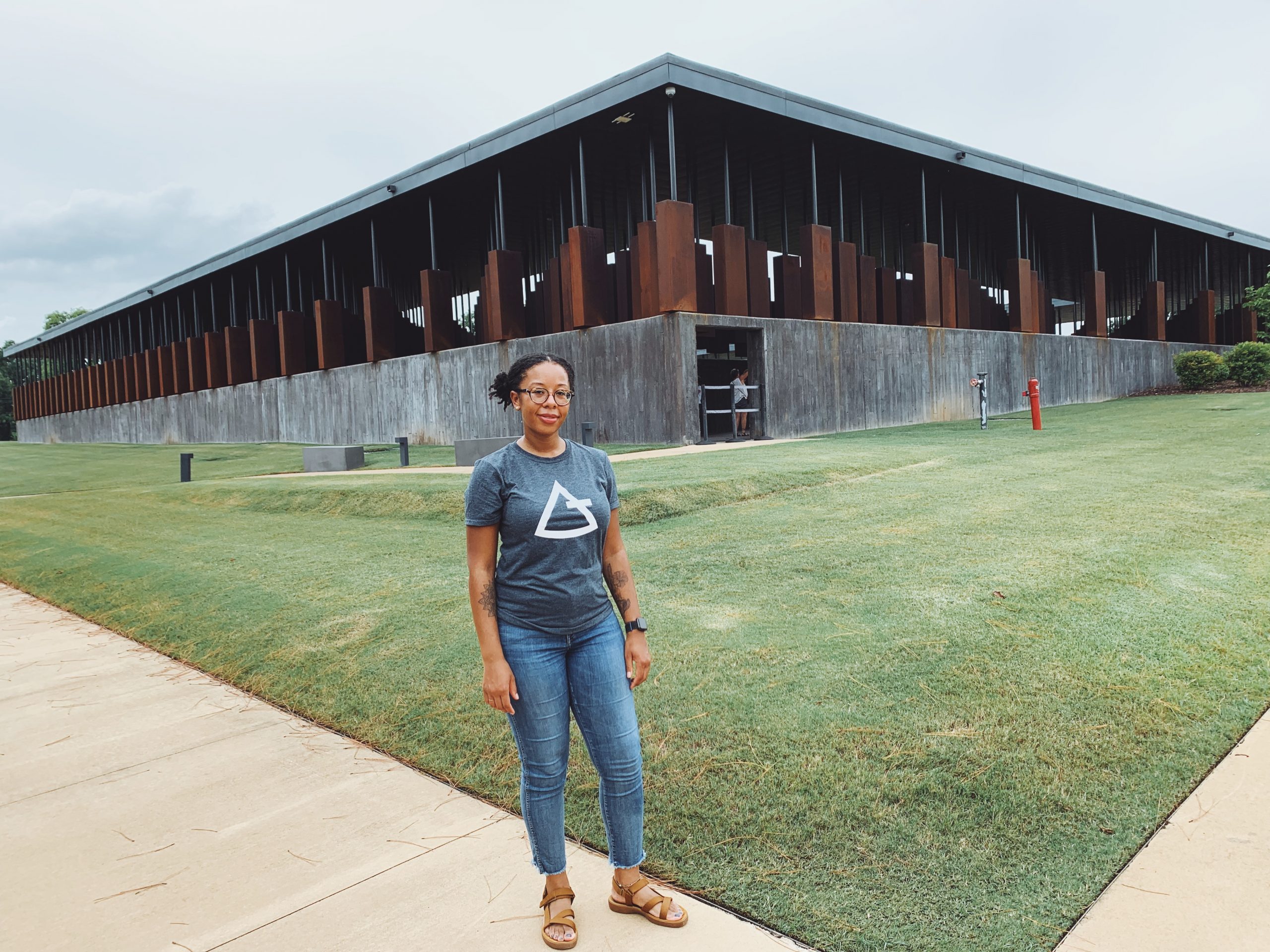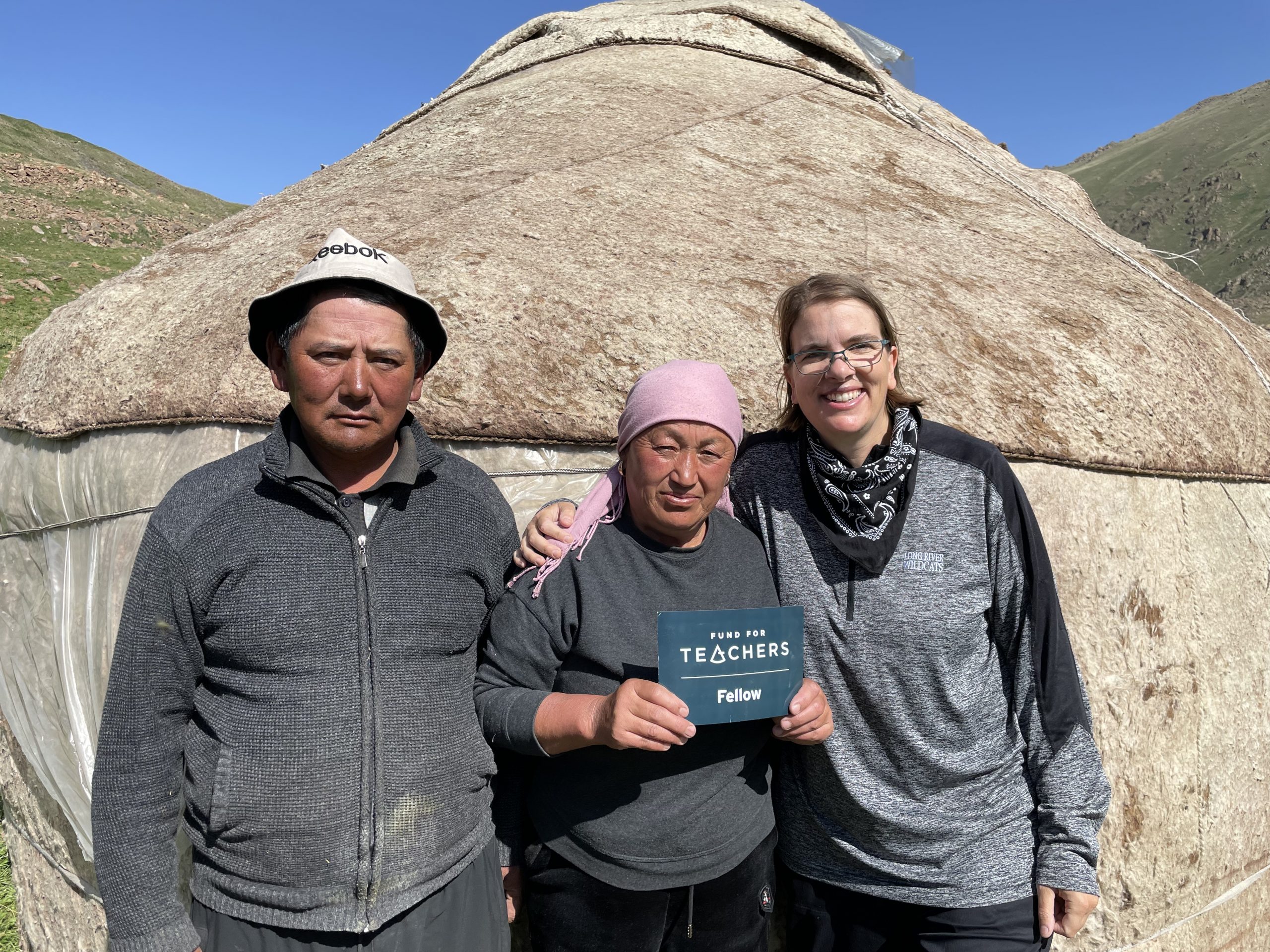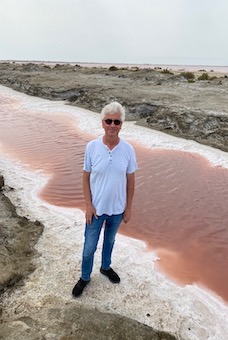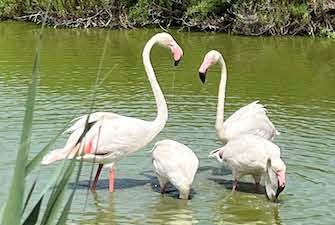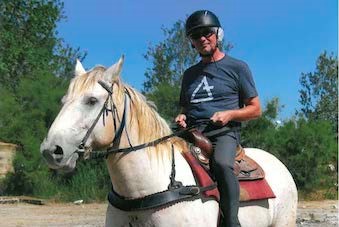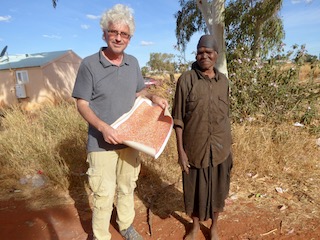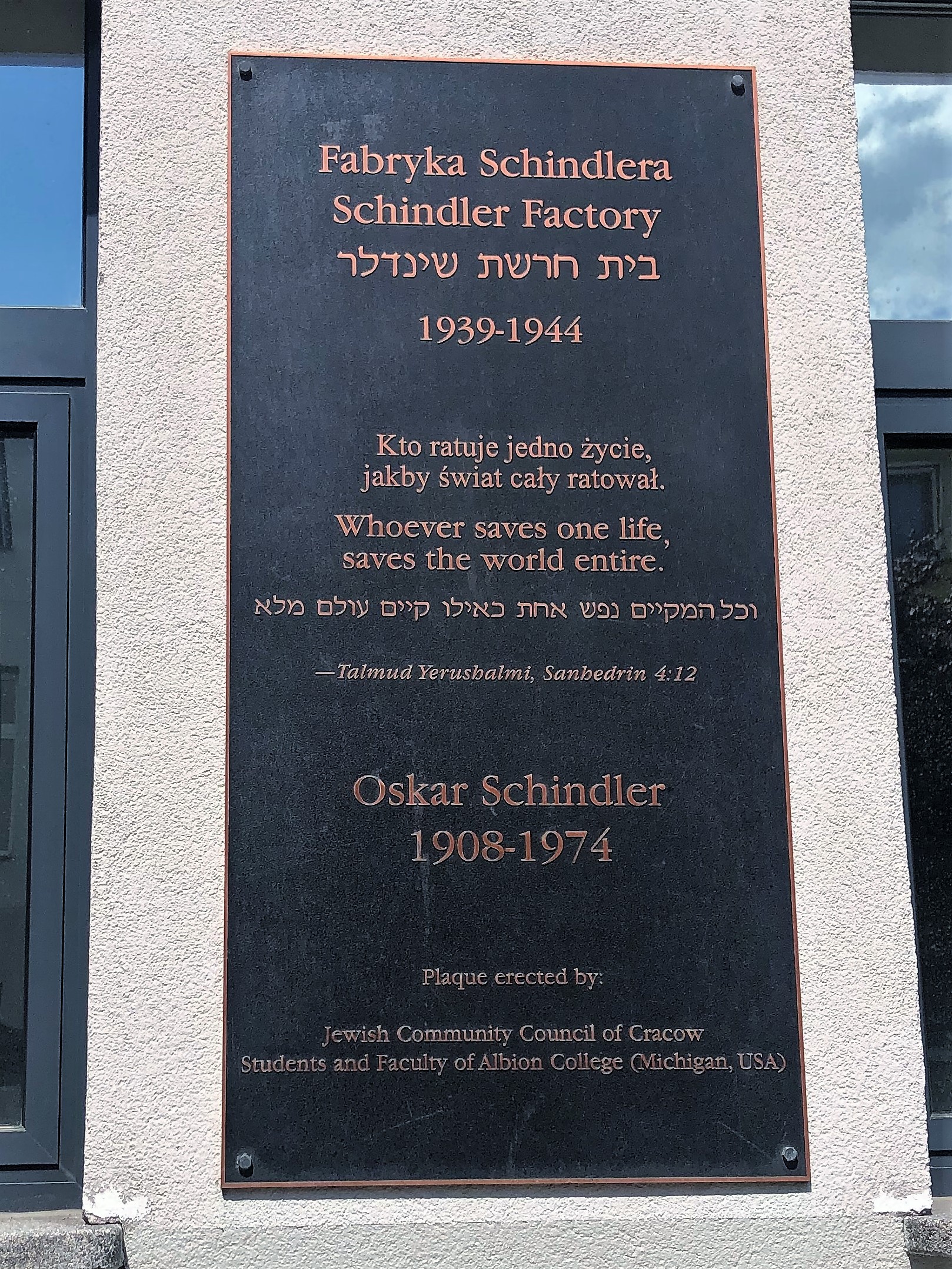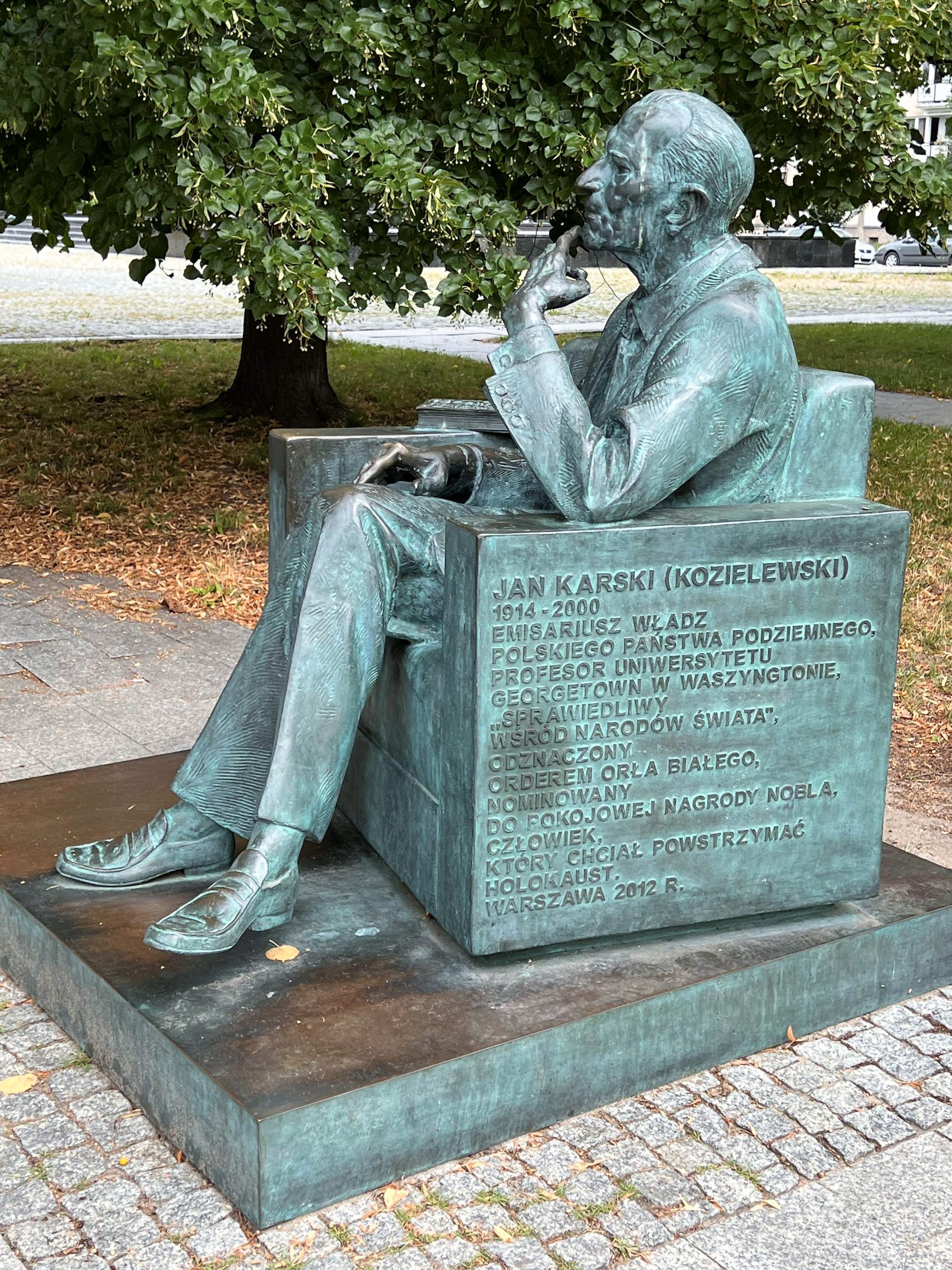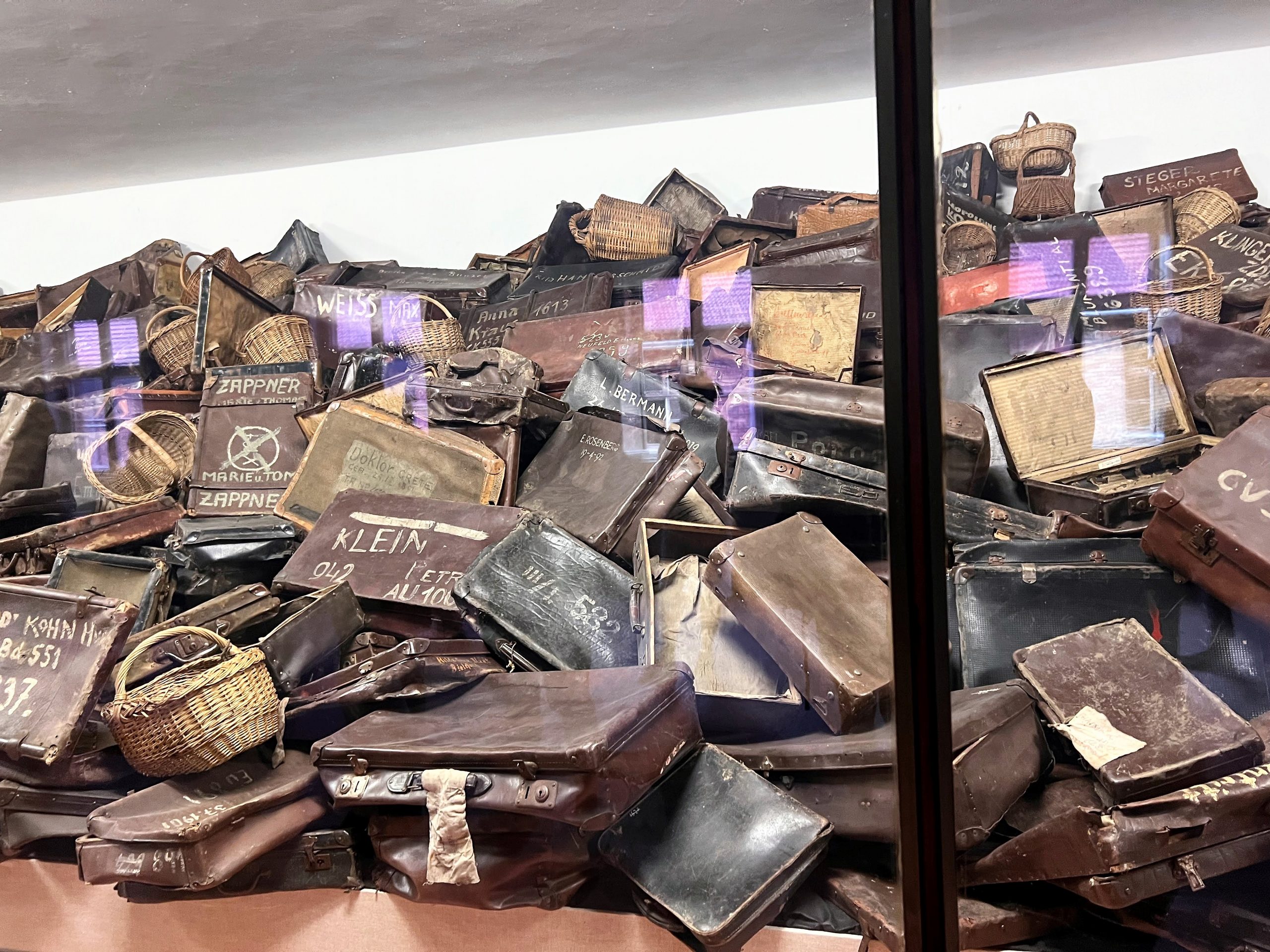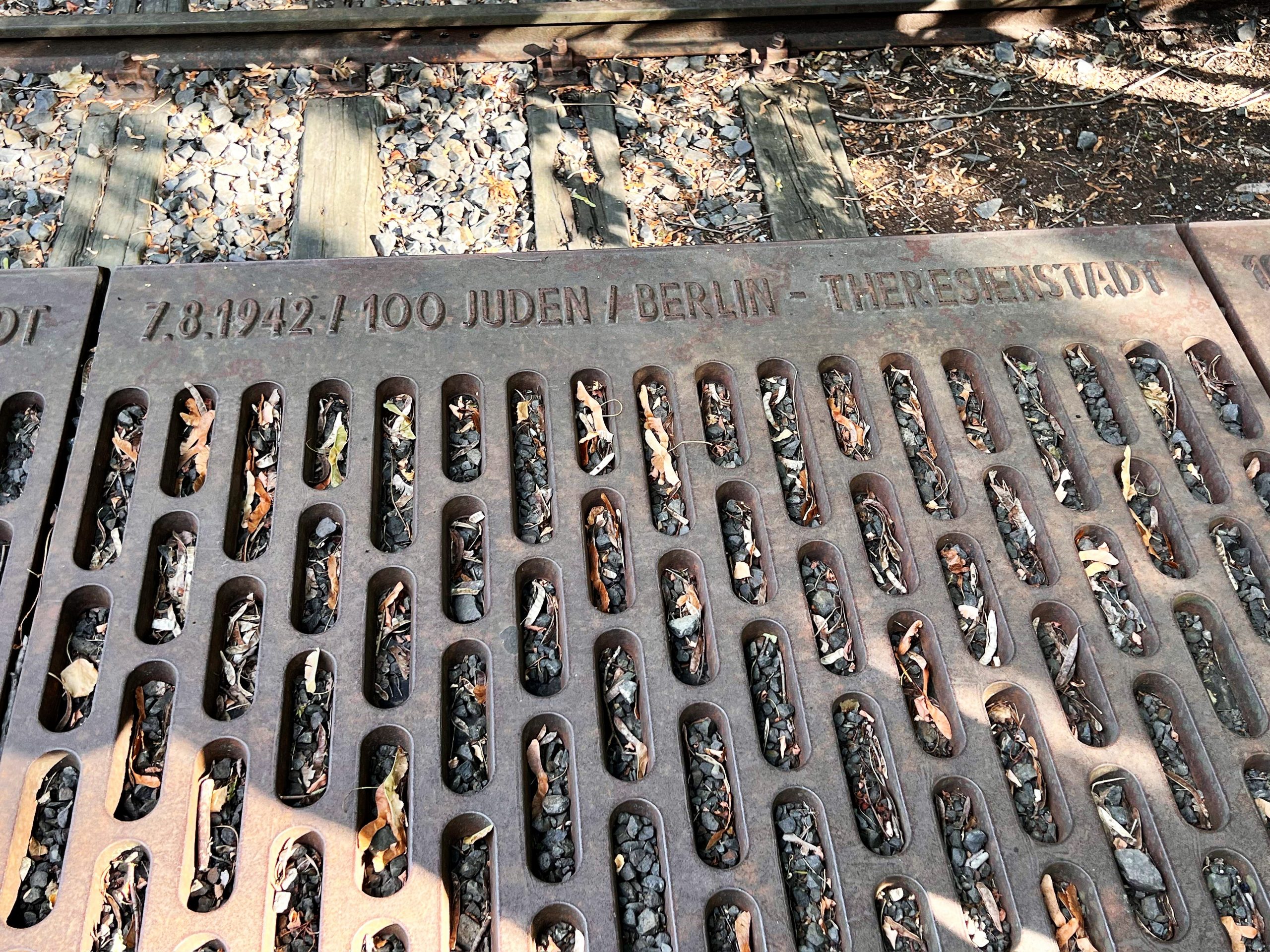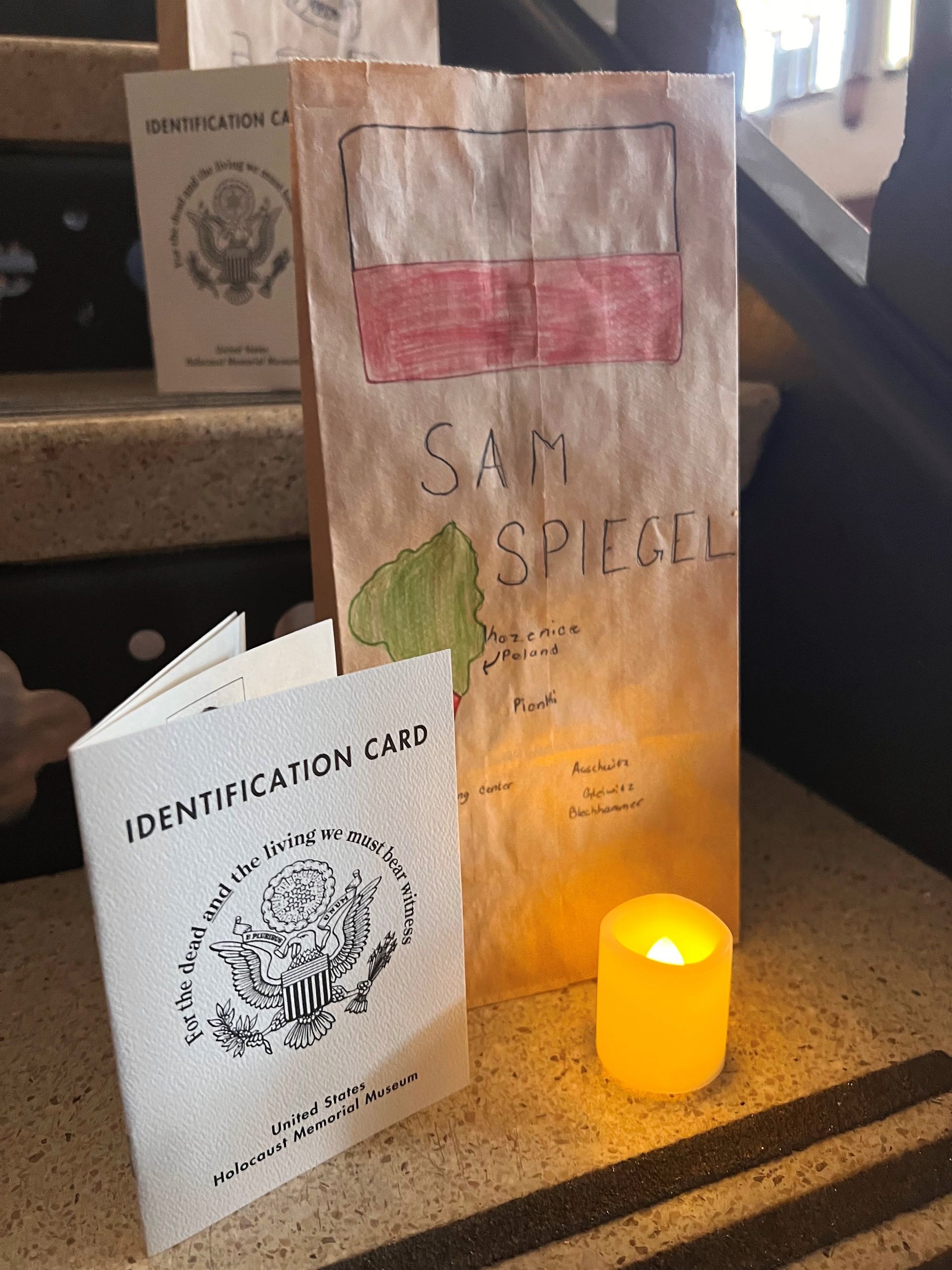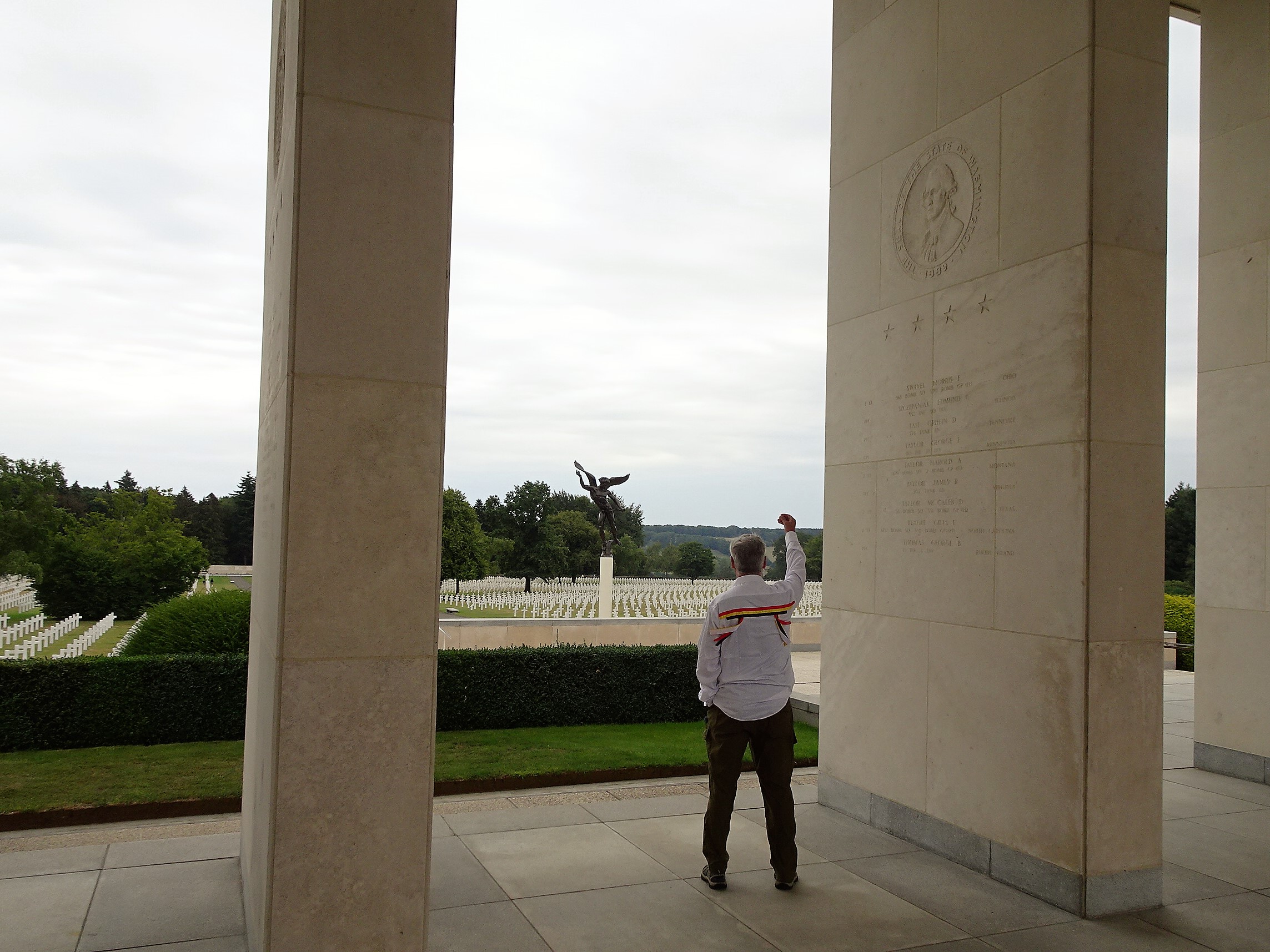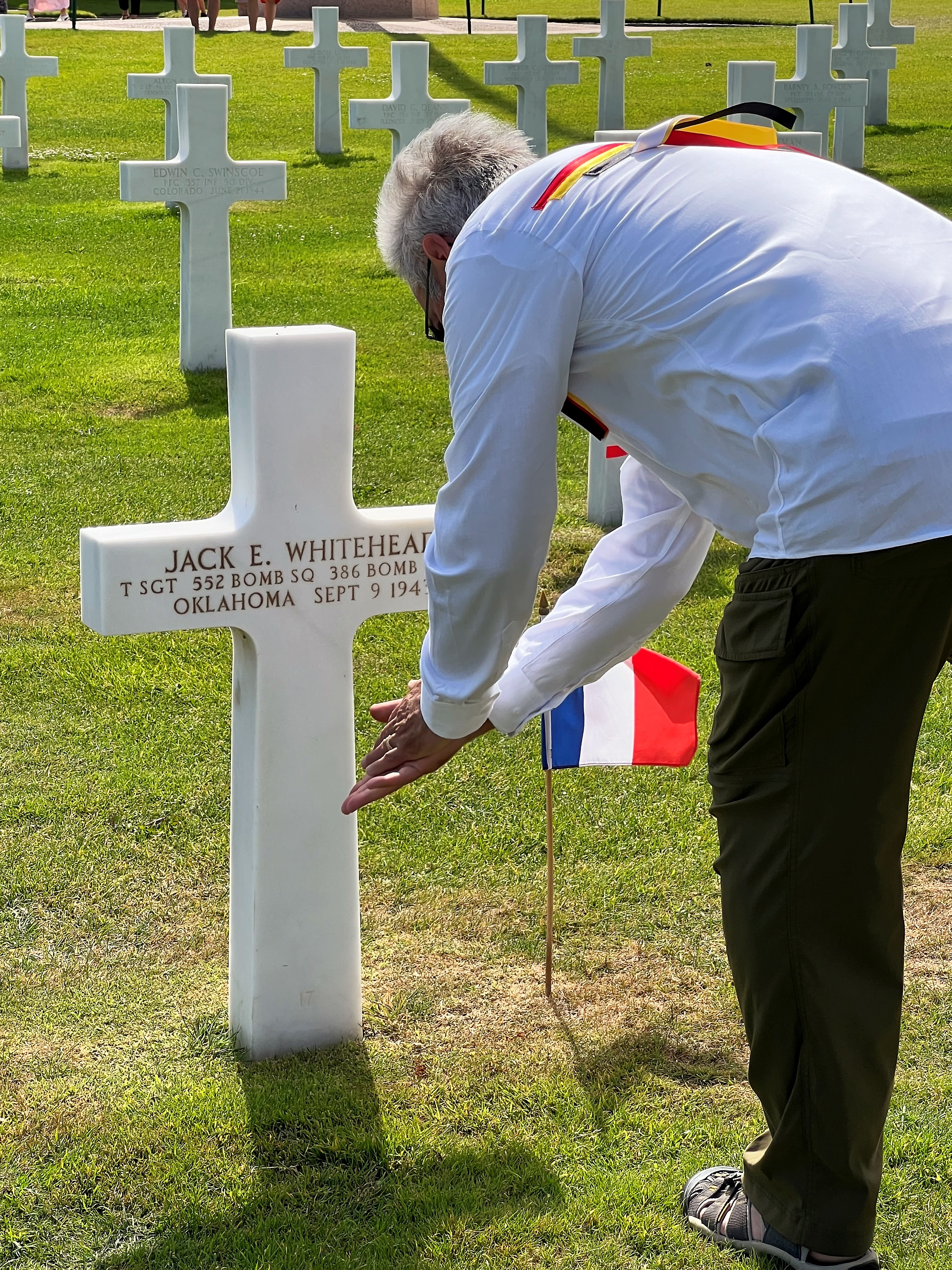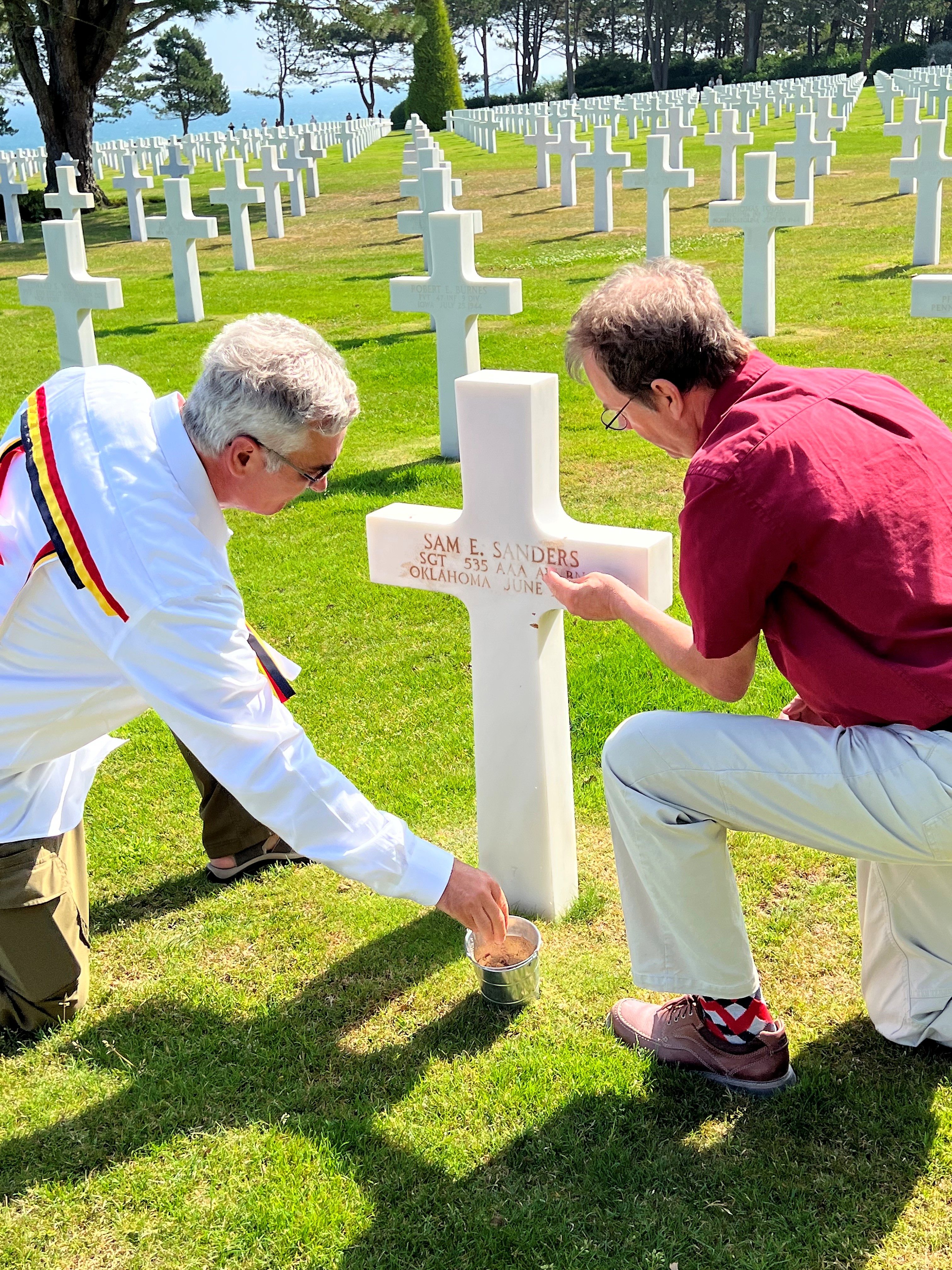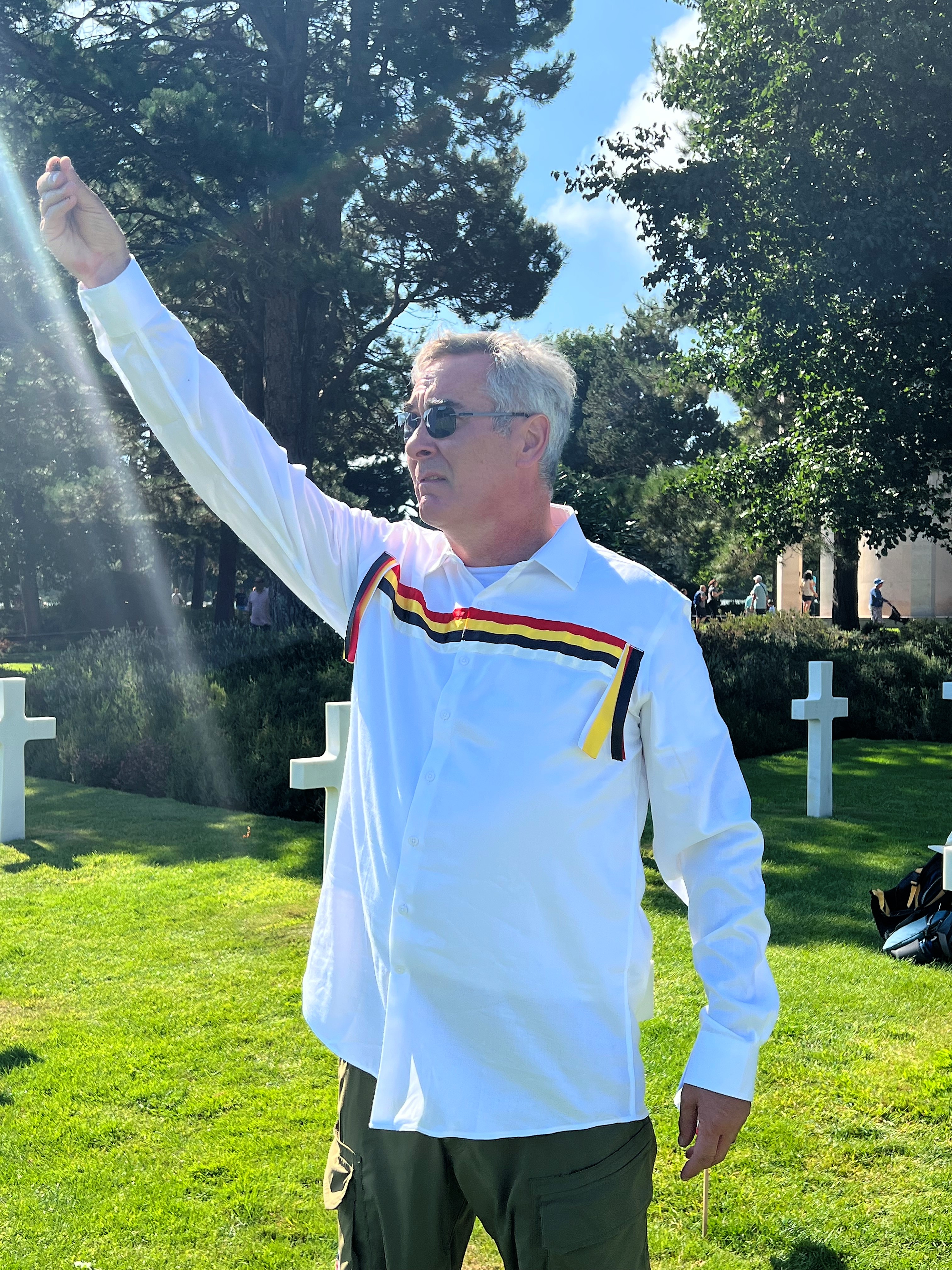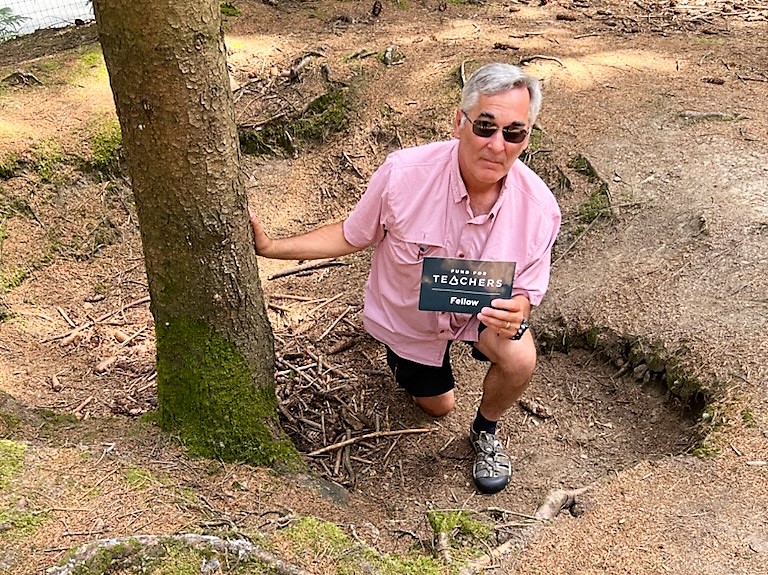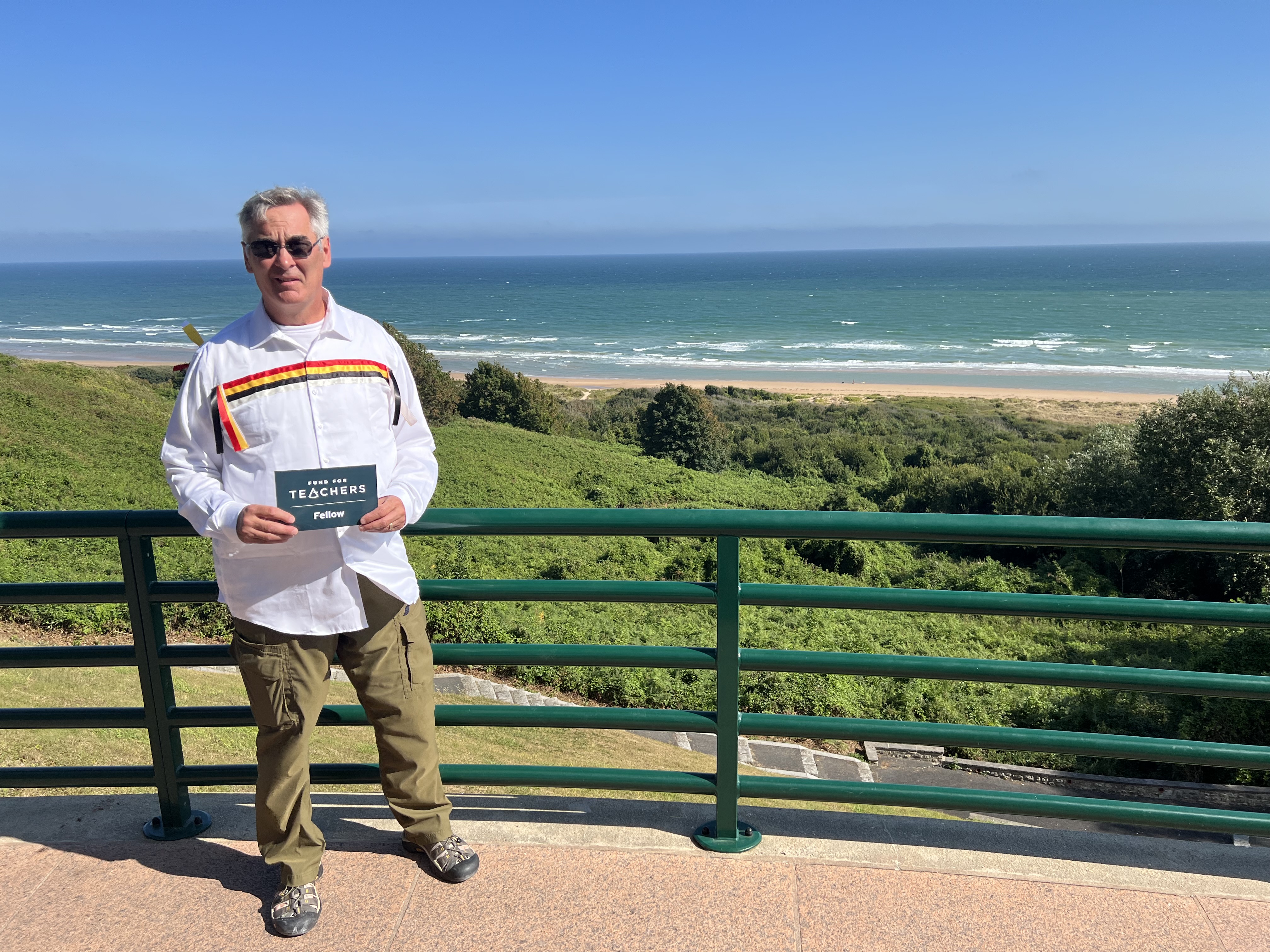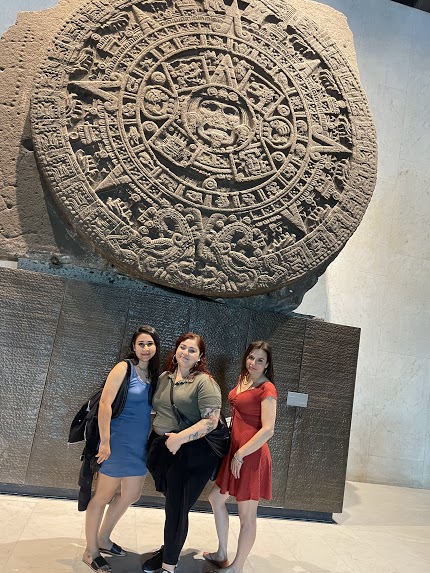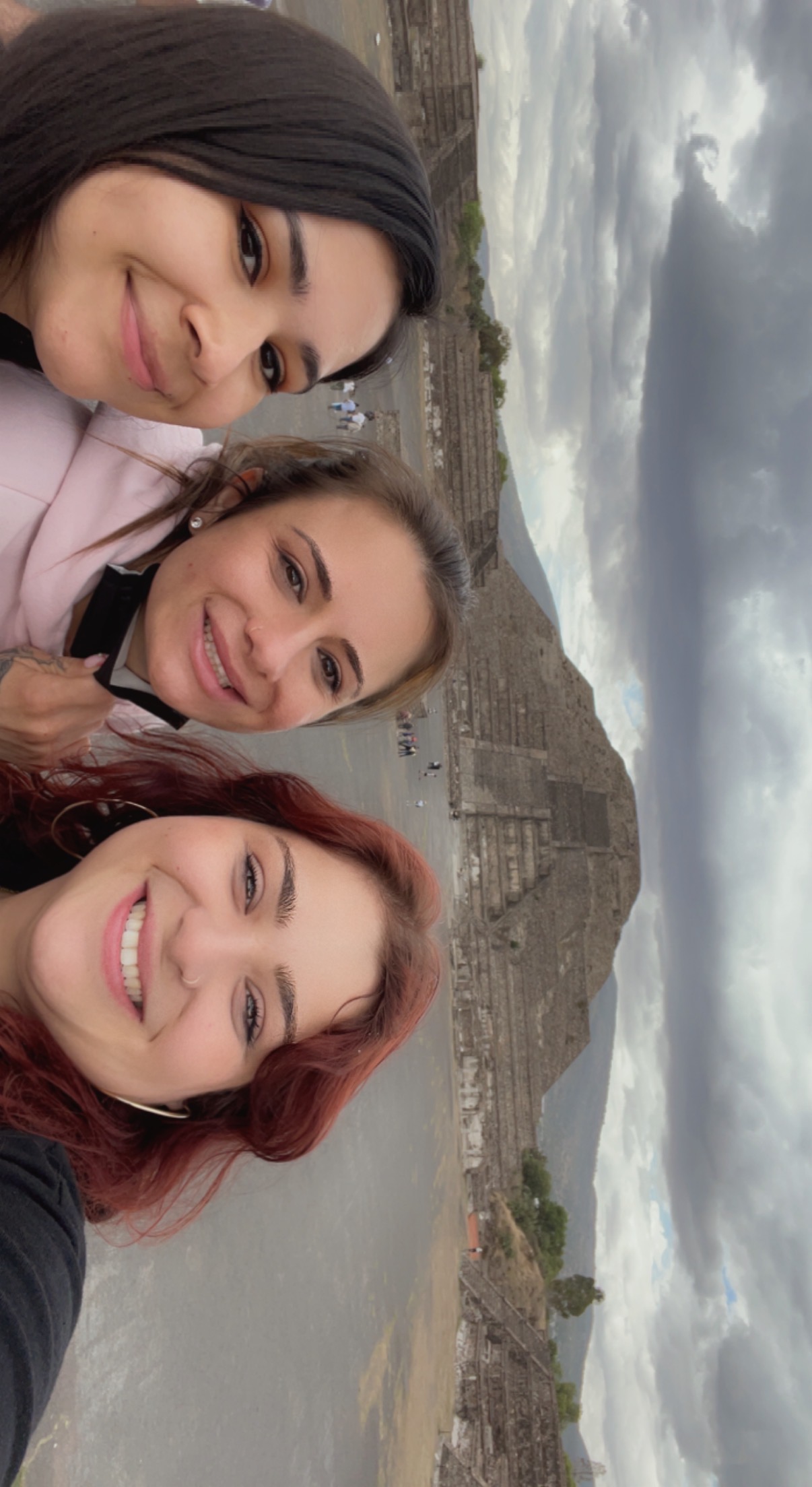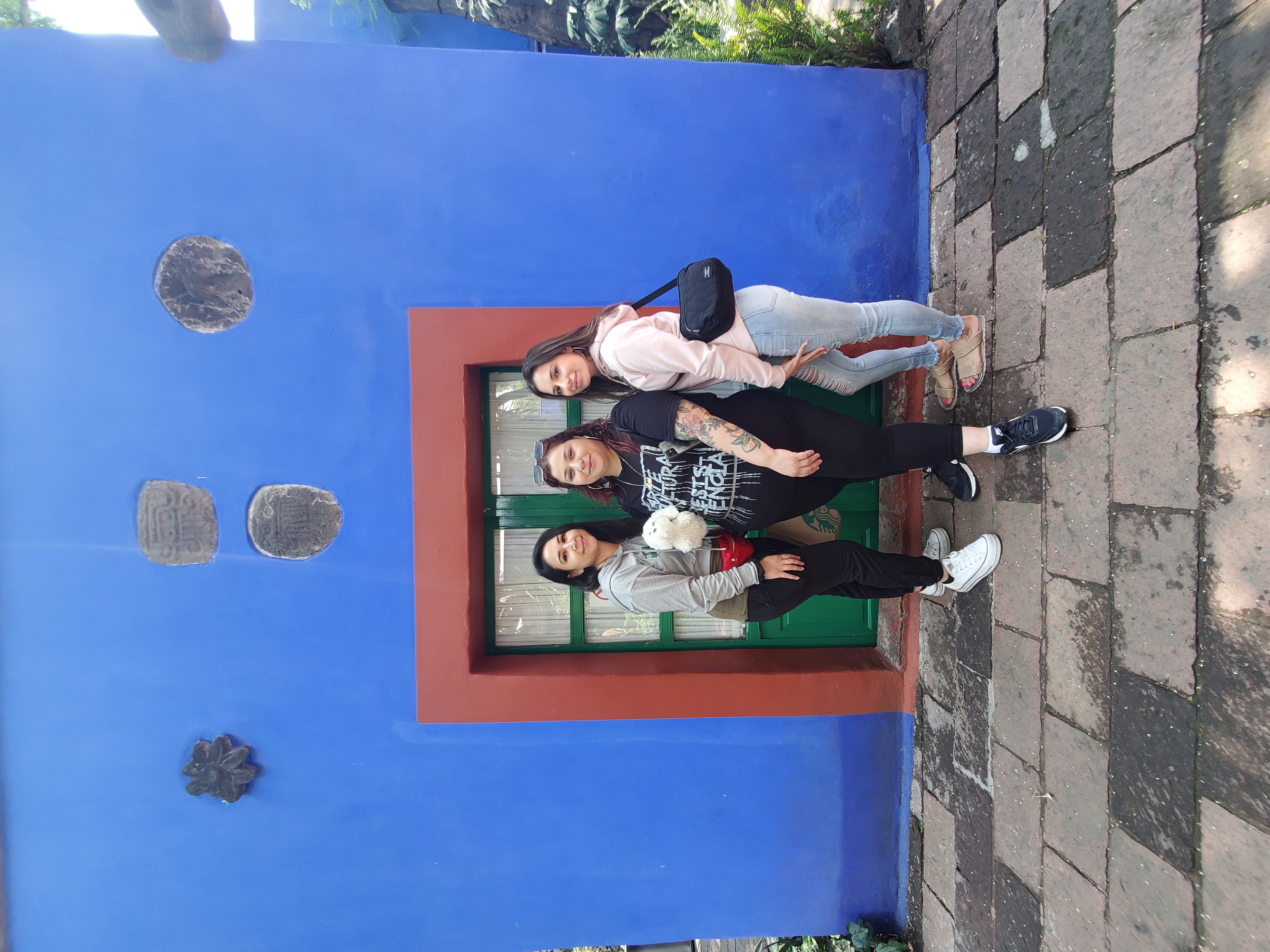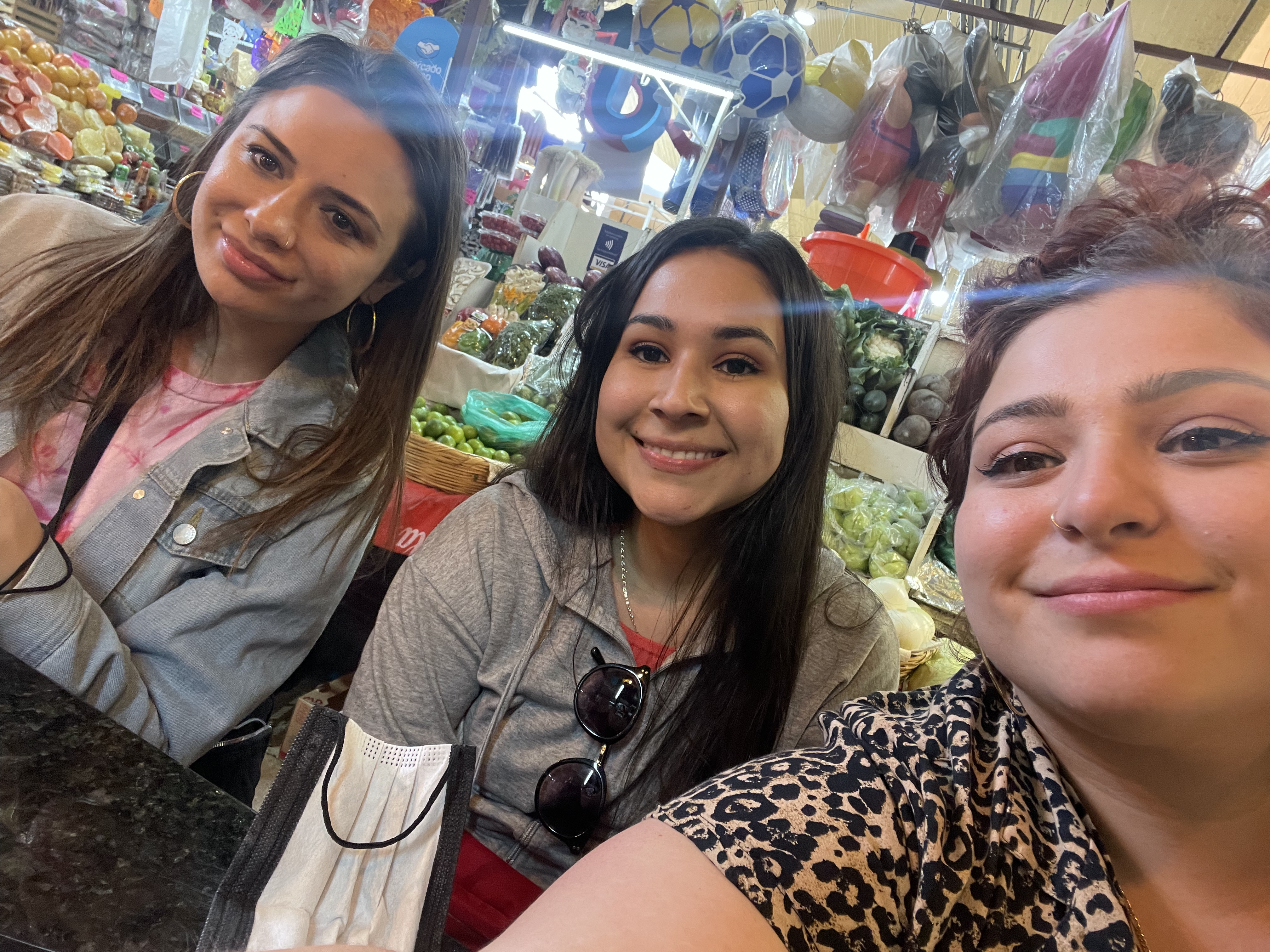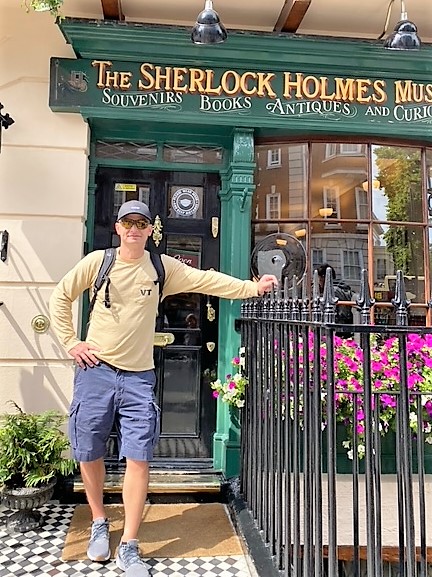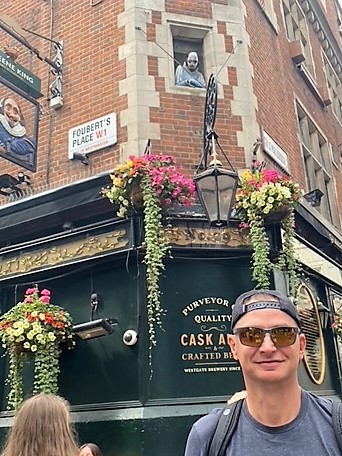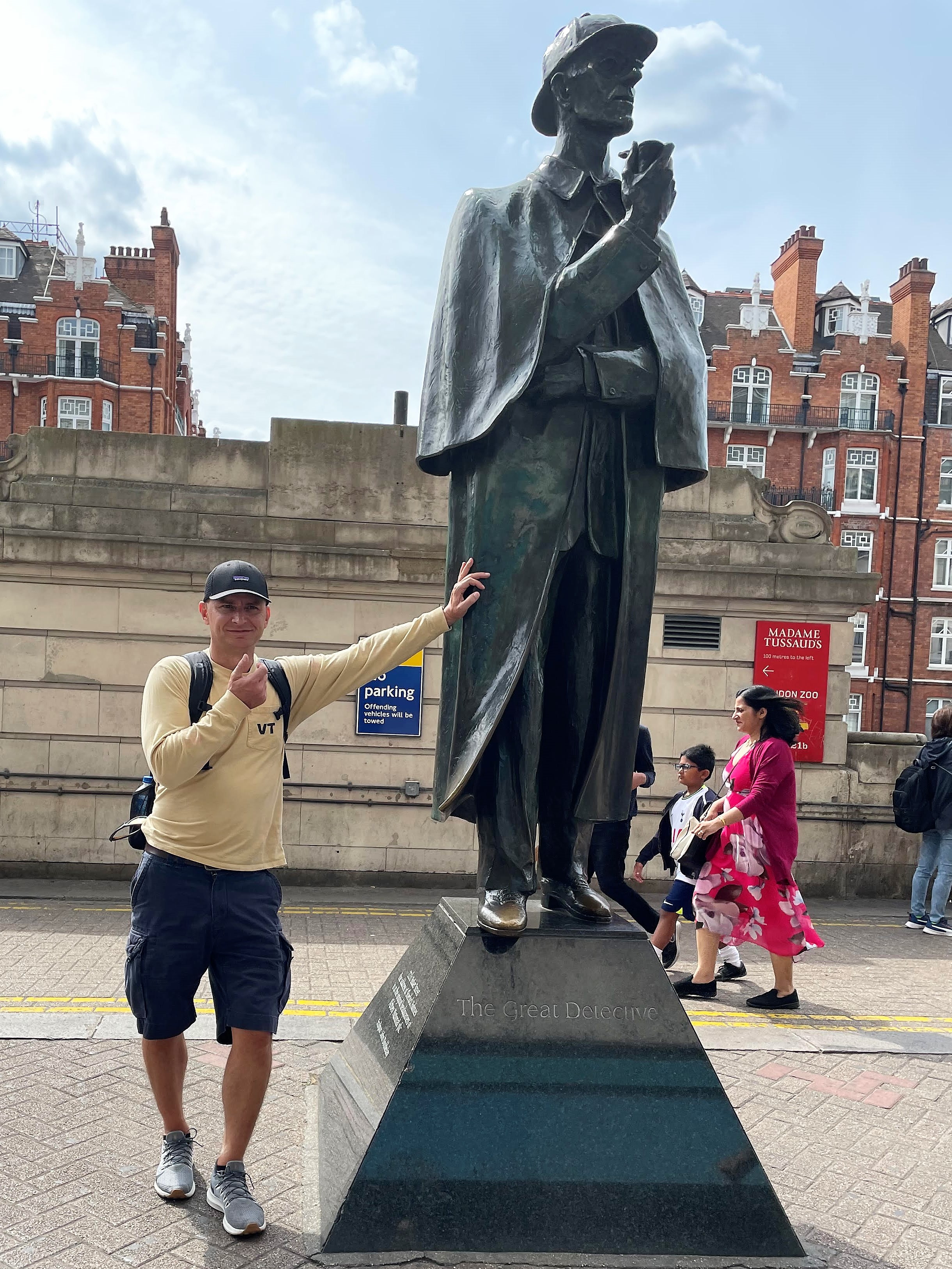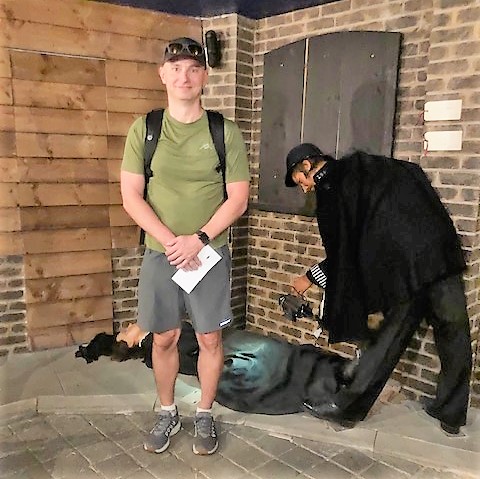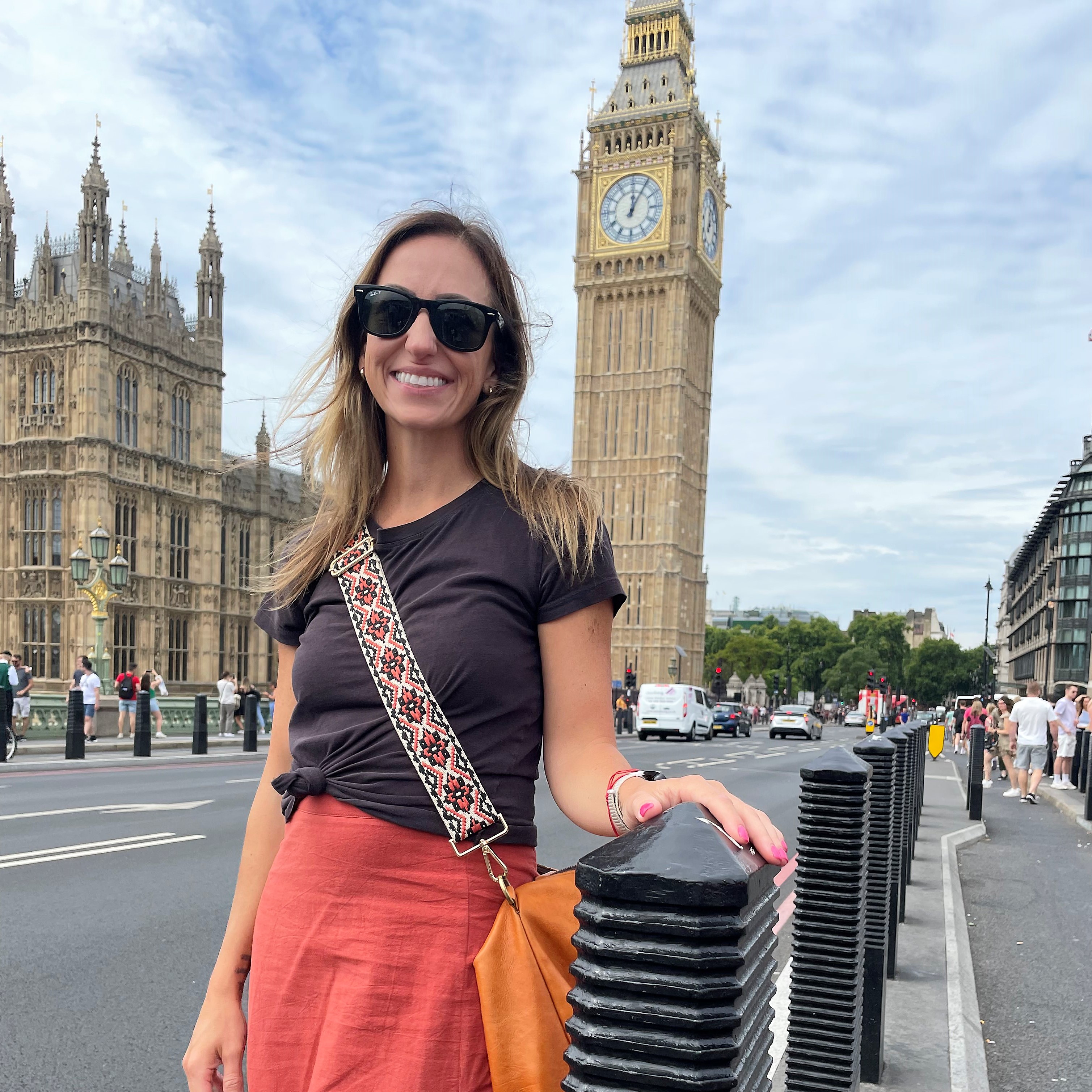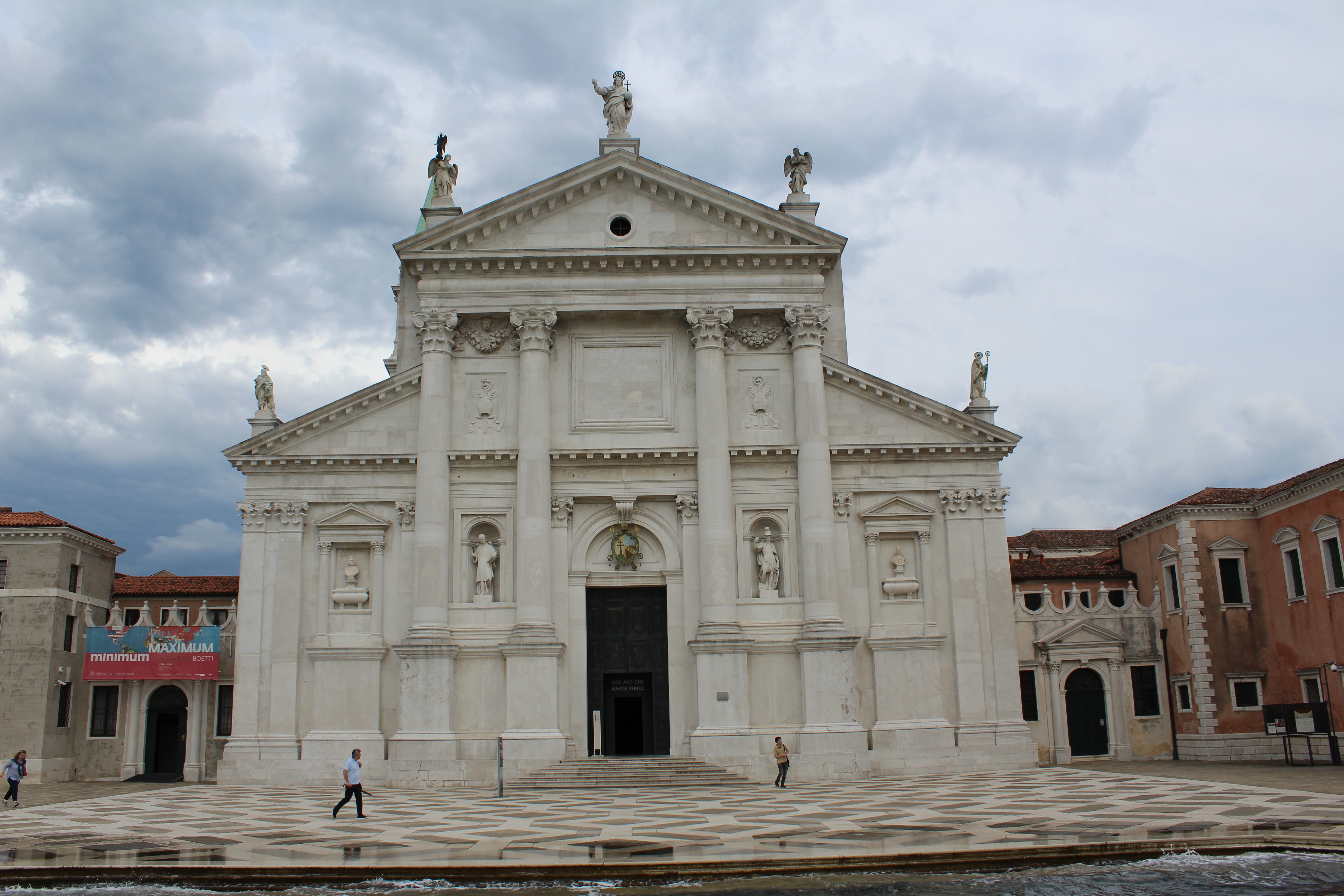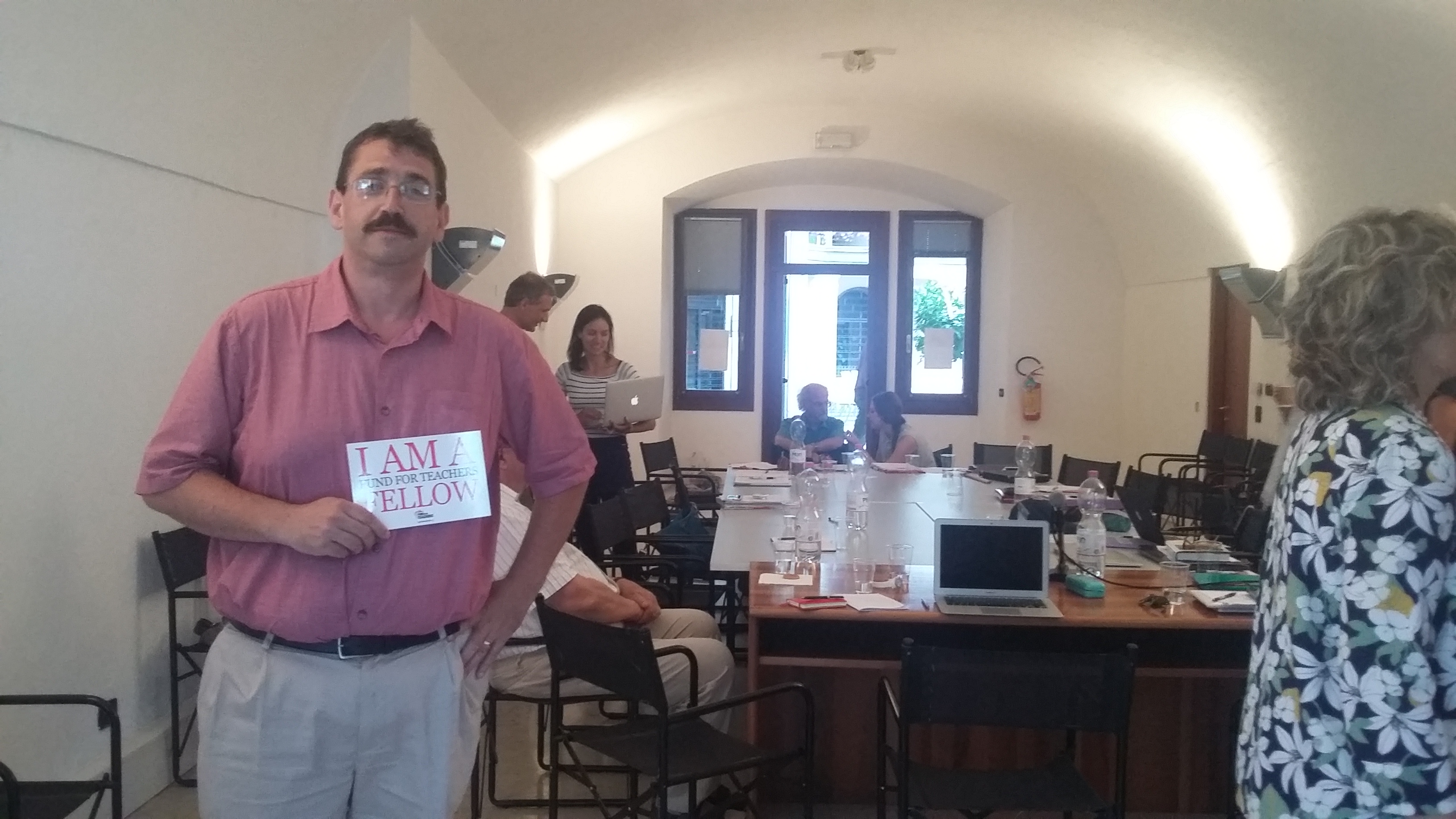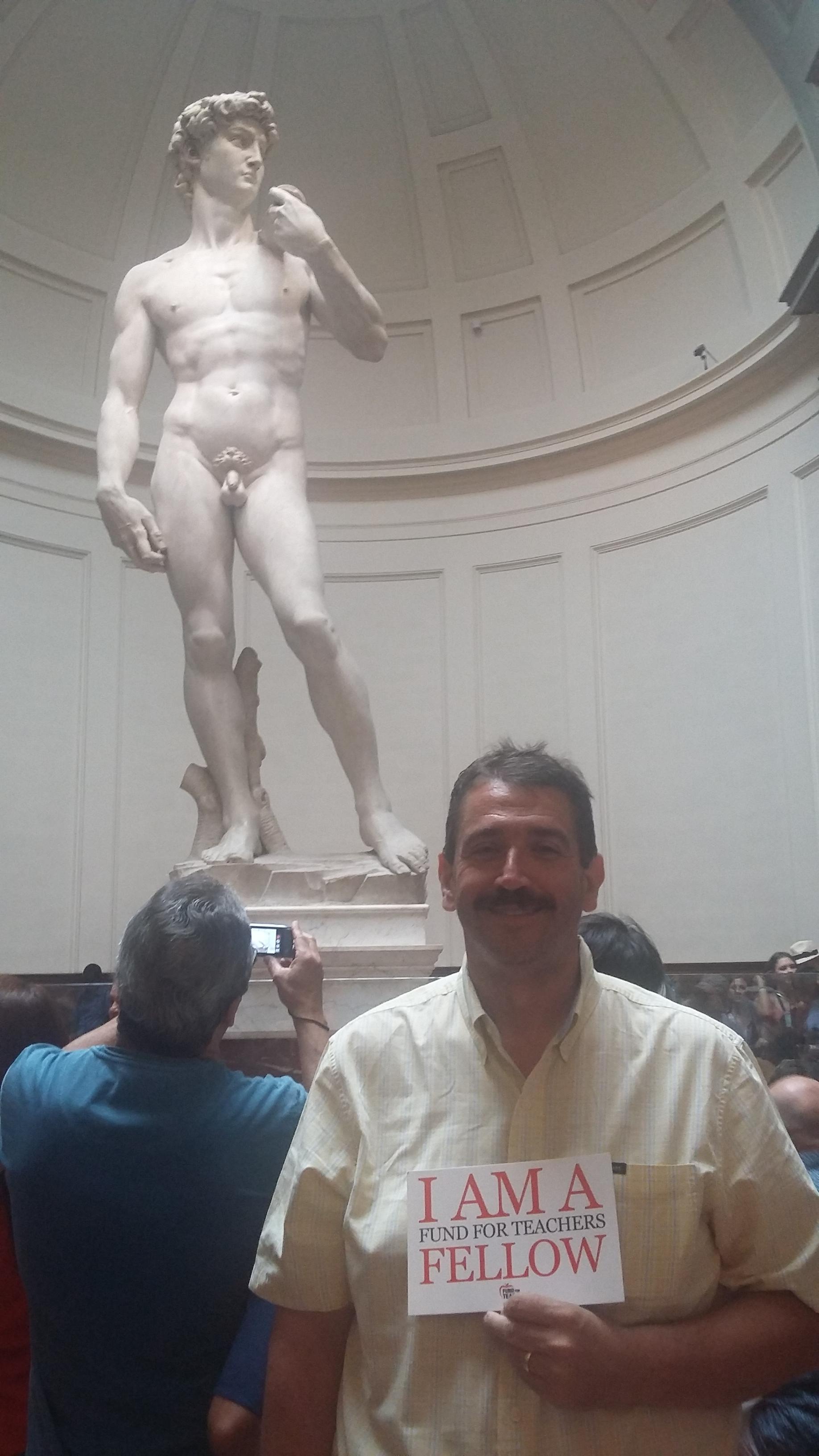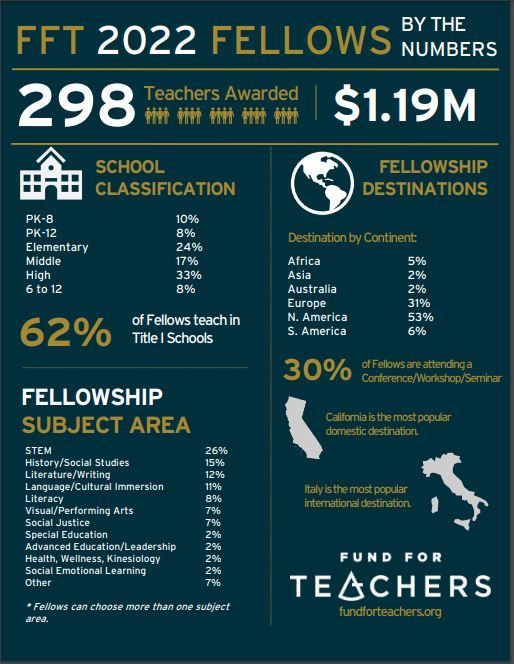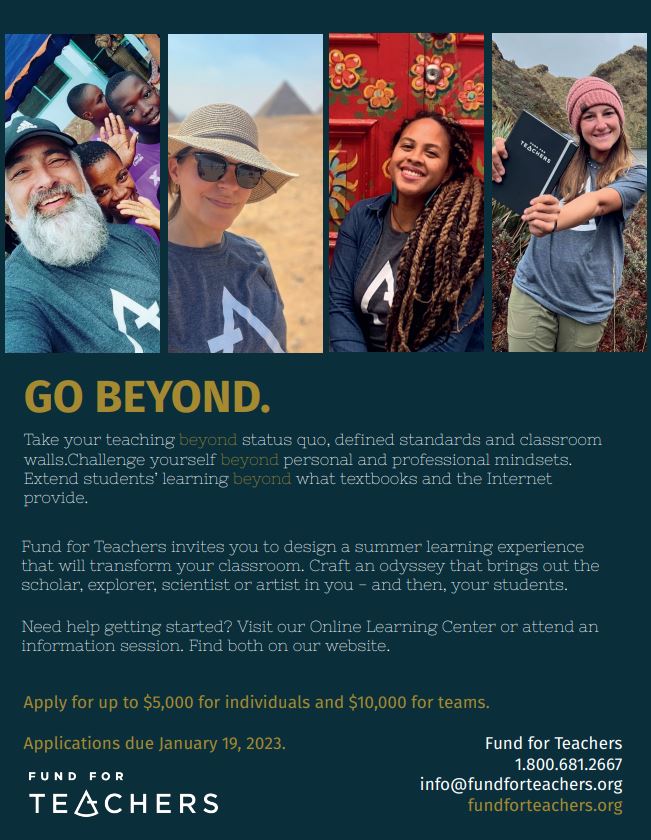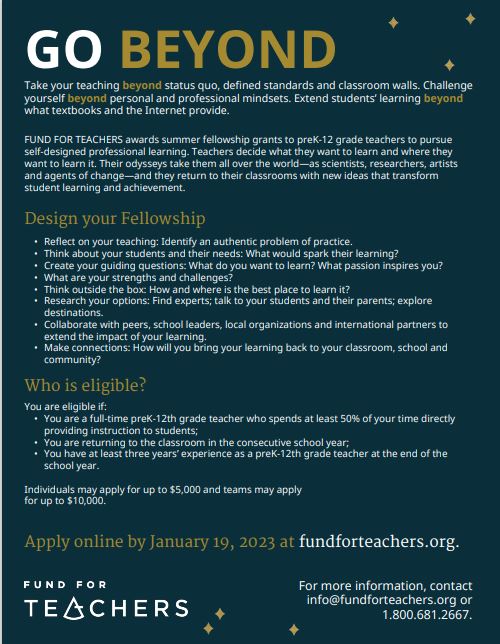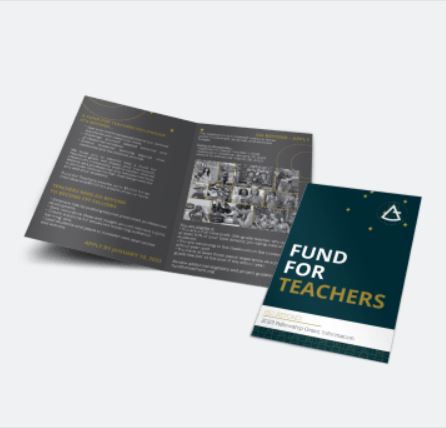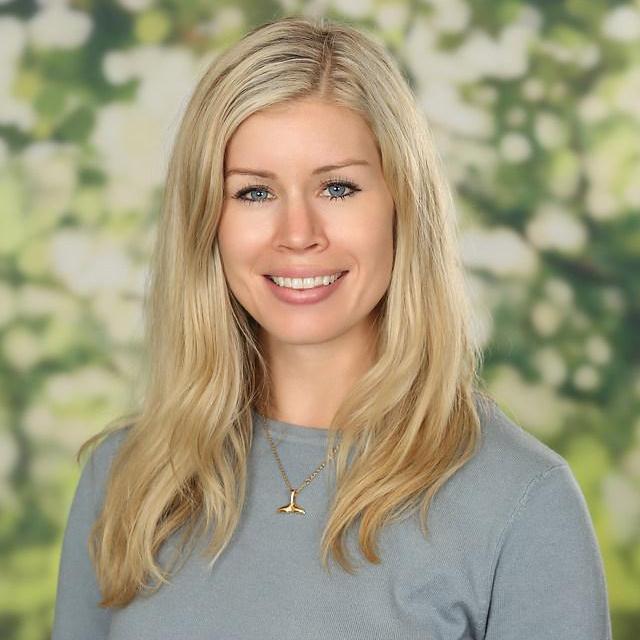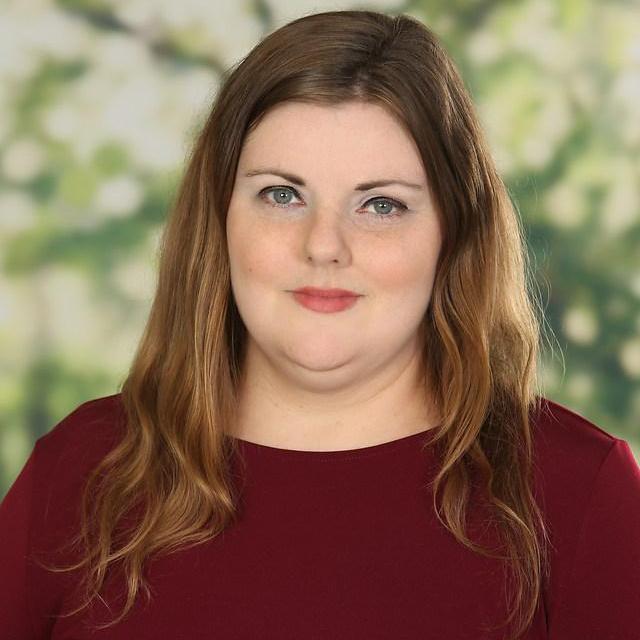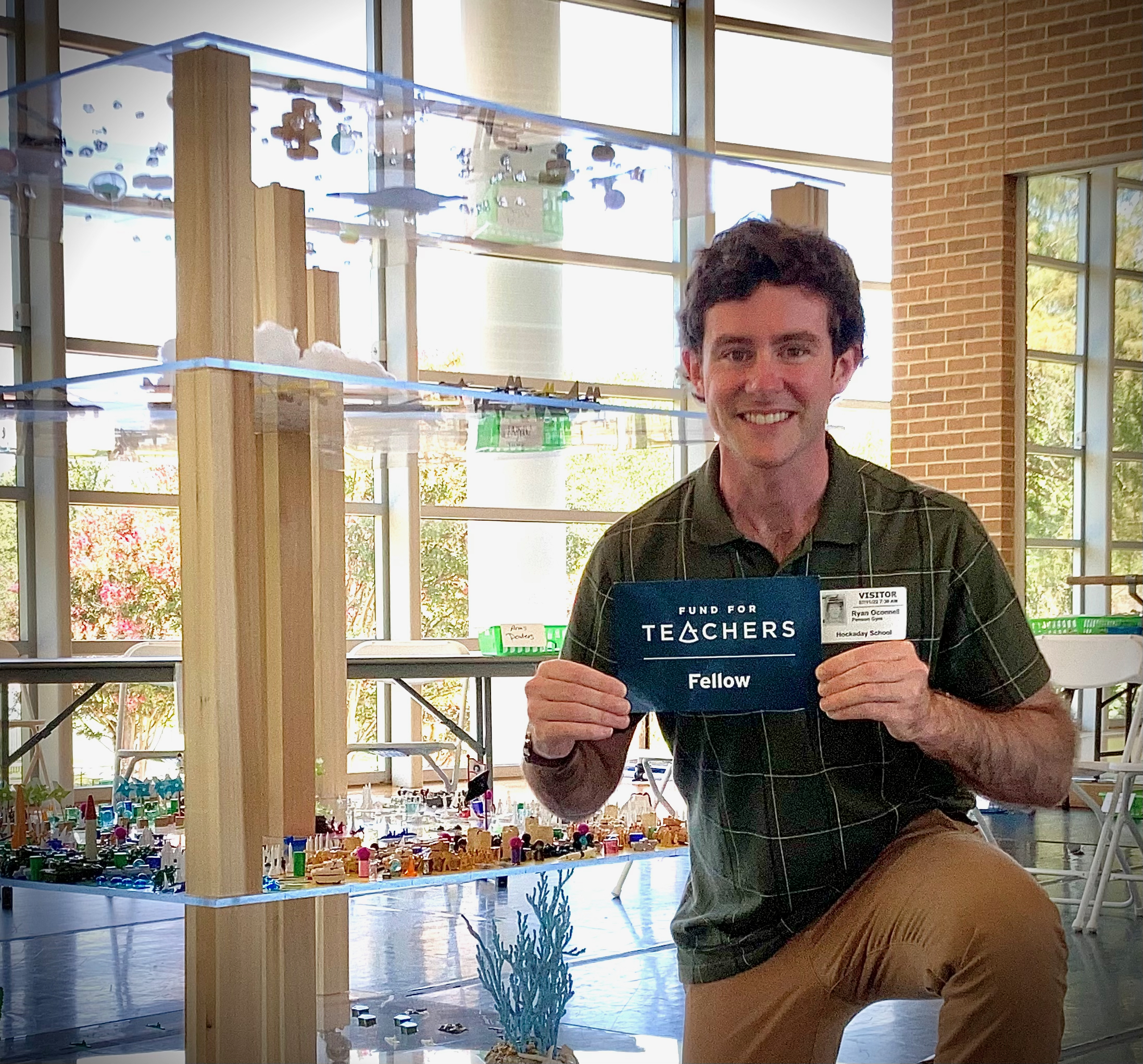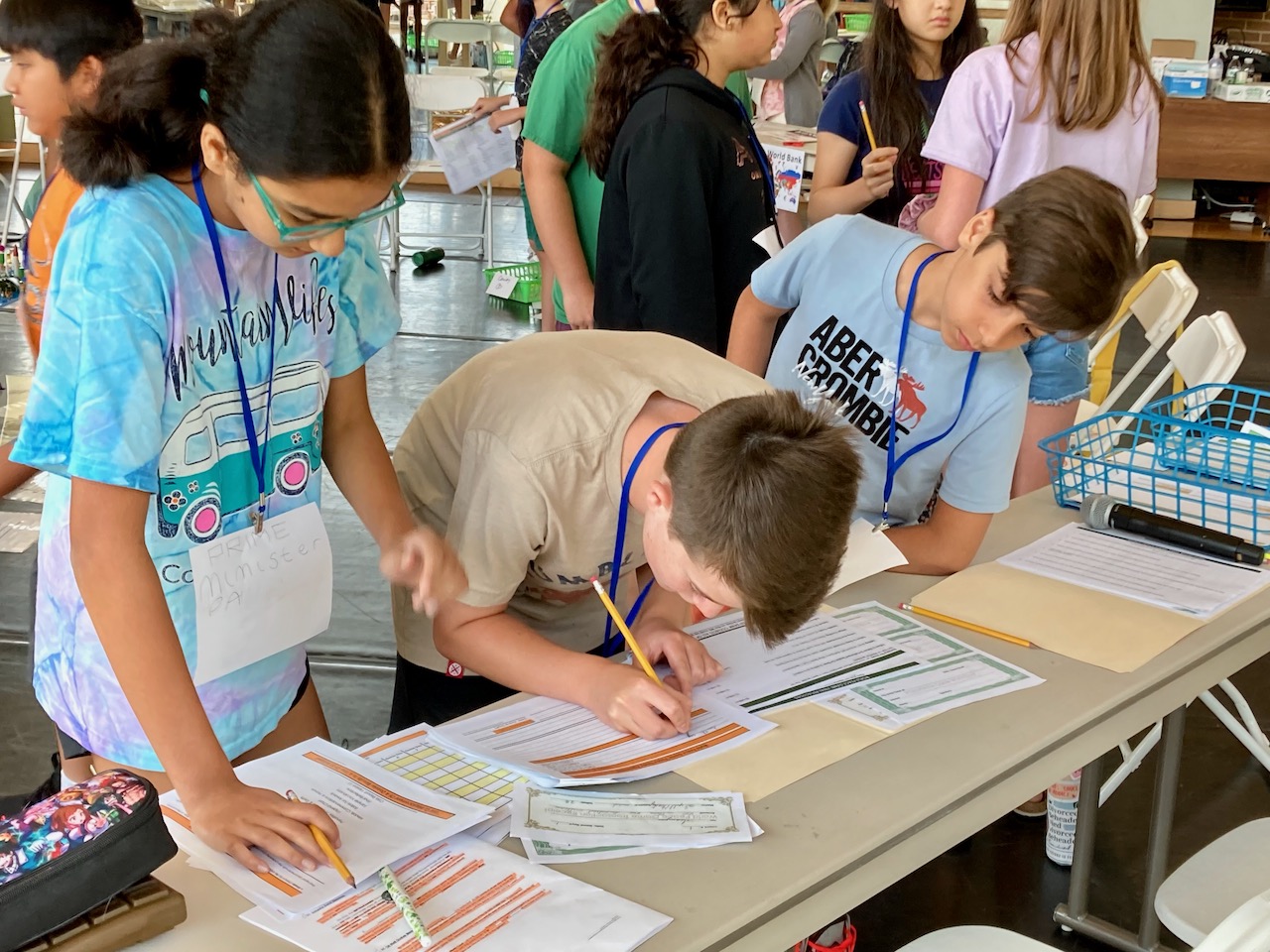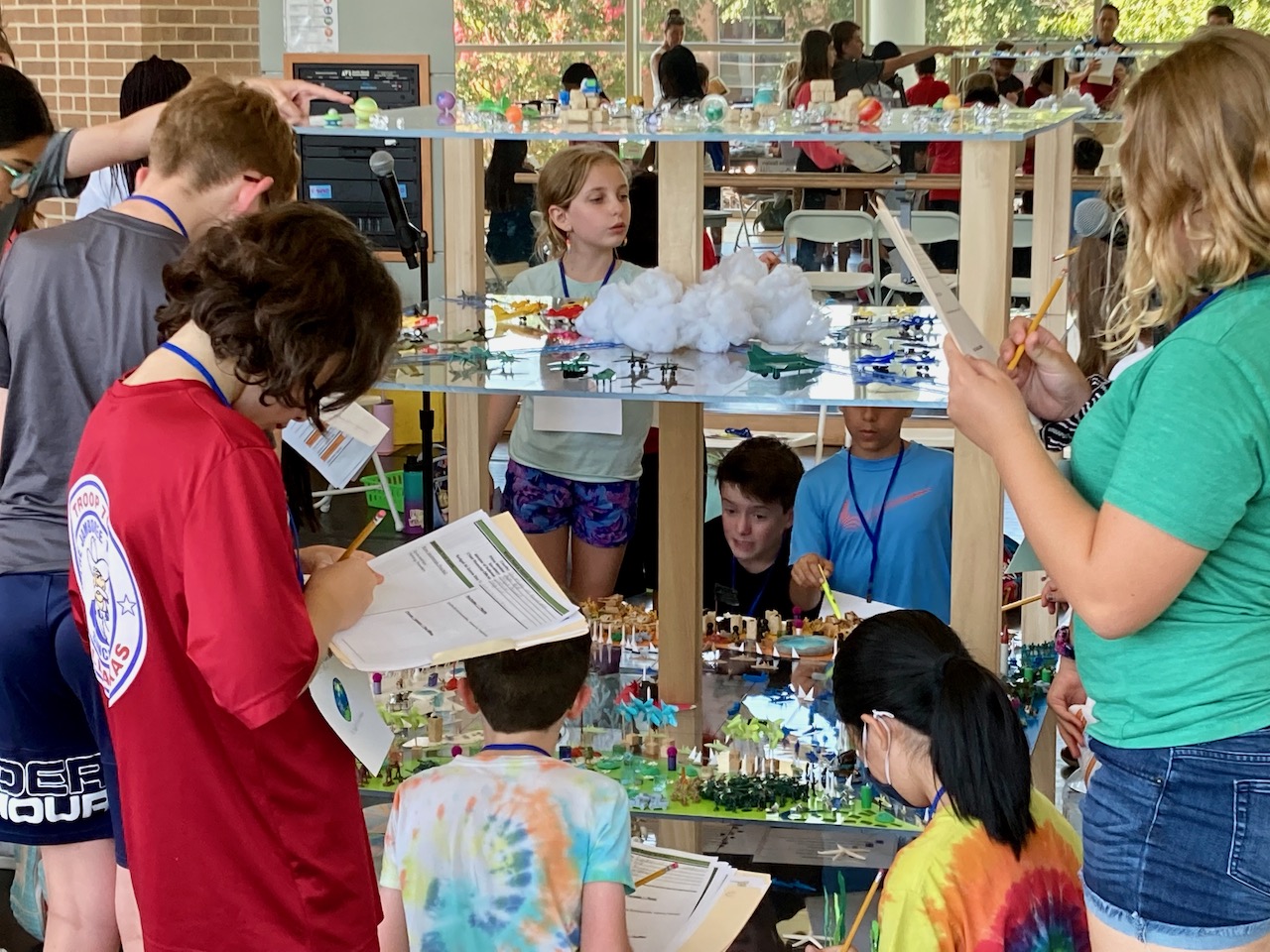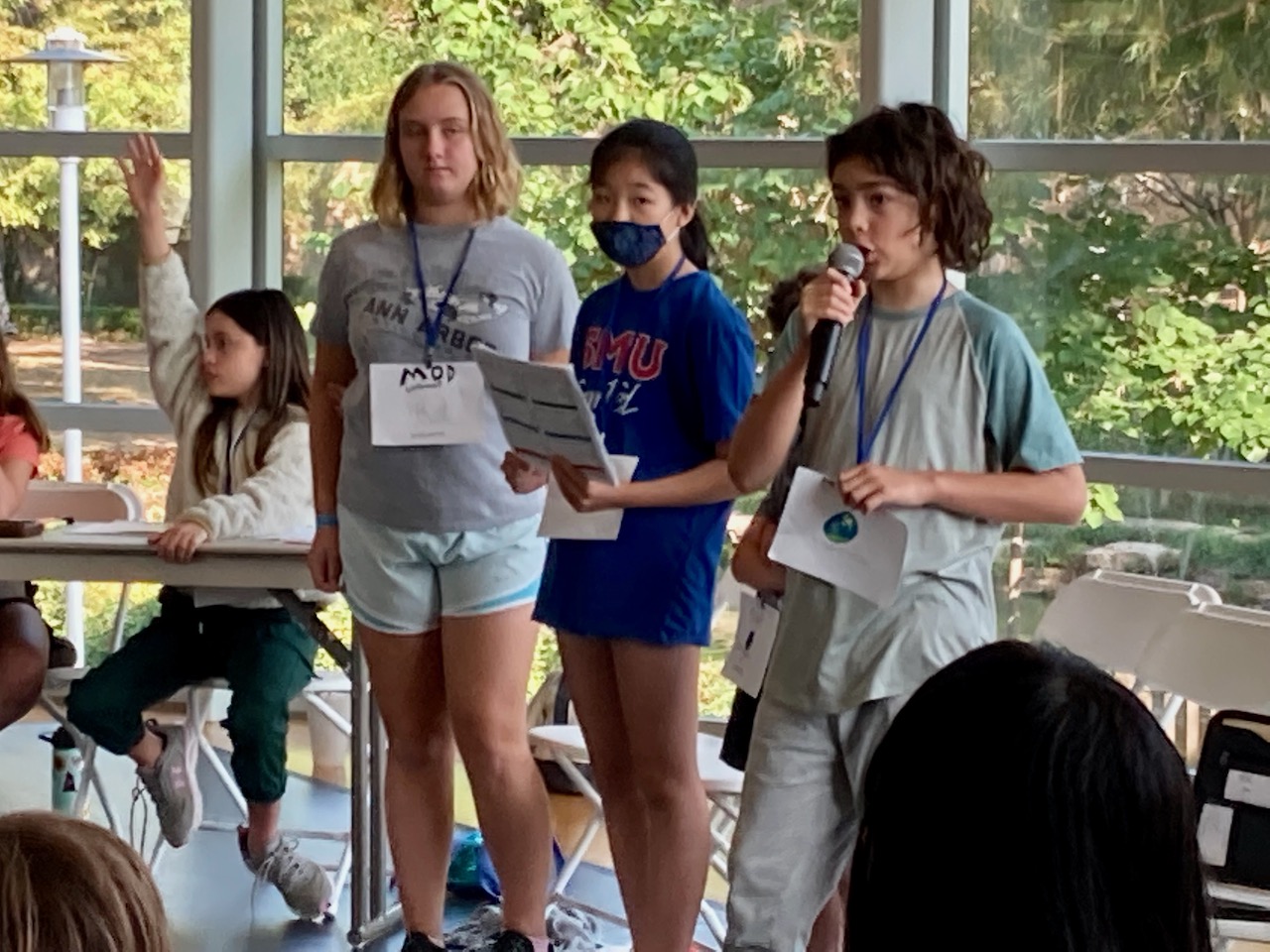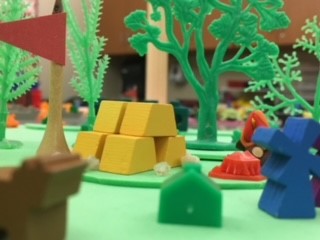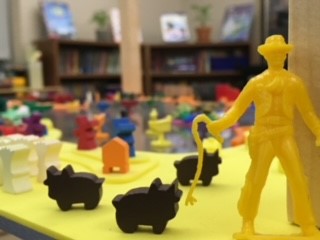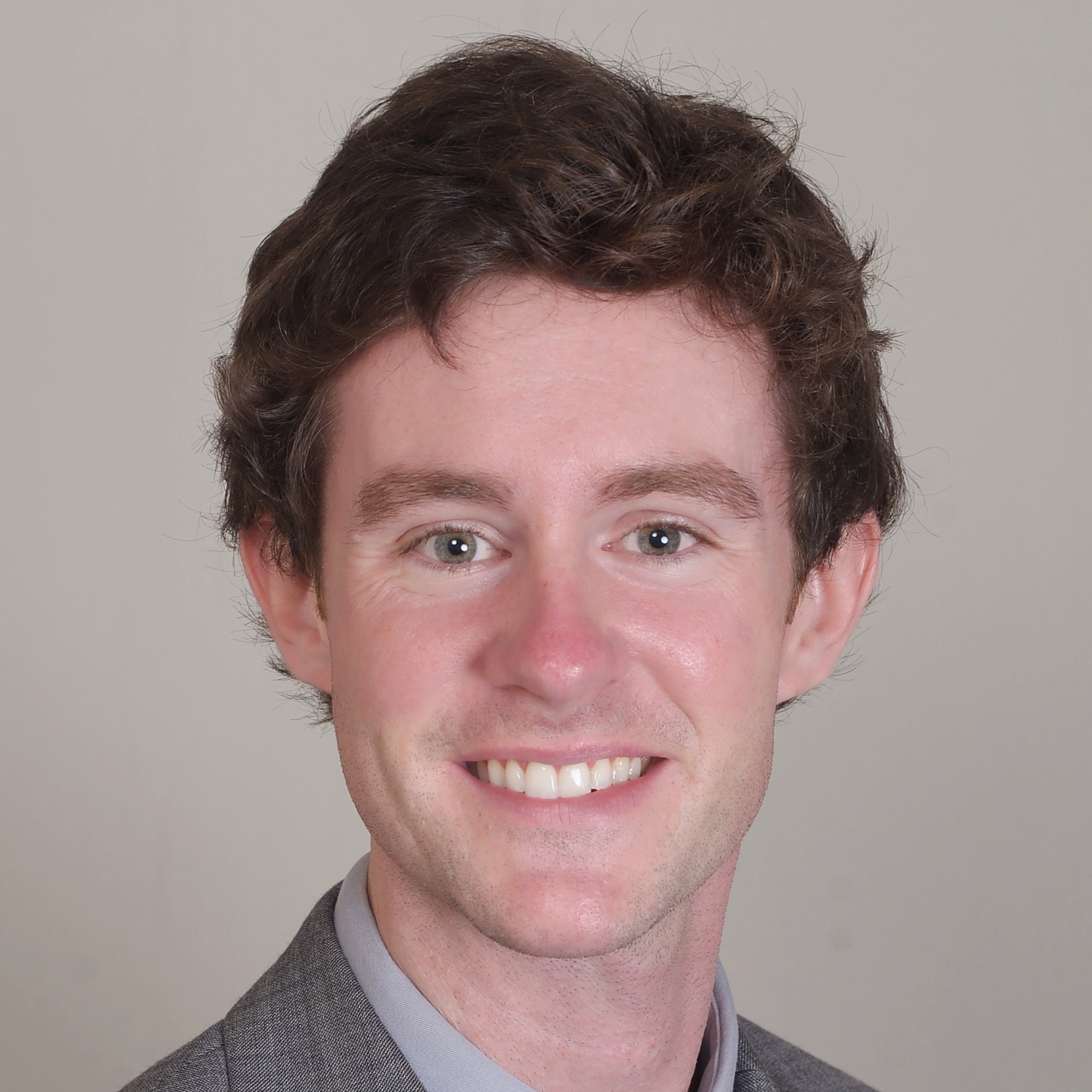Today is a once-in-a-lifetime event, as he moon passes between Earth and the sun for a total eclipse — the perfect event to capture students’ imagination across math, English and art classes. That’s what FFT Fellow Jerry Hites, thought anyway, when he proposed an Innovation Circle Grant last year.
Jerry’s school, Fairport Harding High School in Fairport, OH, sits in the path of totality, which means thousands of visitors are flocking to the region to experience 3 minutes 49.9 seconds of totality. Jerry wanted to build on the local significance of the event, and his teaching team was over the moon to join in.
“I haven’t team taught in a long time, but my colleagues were excited about using the eclipse as a lens for our students to study in-depth and examine their perspectives and that of the world around them,” Jerry said. “Learning doesn’t happen in a vacuum and teaching shouldn’t either which is why this project involves science, geography, math, art, and ELA.”
Nine months earlier, Jerry used a Fund for Teachers Innovation Circle Grant to witness the impact of art on a small town. He visited the Starland District of Savannah, GA, a revitalized area made up of shops that expand on peoples’ talents. Then, through monthly, virtual meetings with other Fellows throughout the fall, he arrived upon the idea of this solar eclipse project:
-
- English students read A Few Beautiful Minutes, Voices in the Park and The Day You Begin, and used examples of reference books to draw their own picture books for elementary students.
- Art students created pieces using black chalk paper, pastel chalks and glow in the dark paints in space donated by the First Congregational Church.
- Math students constructed maps and timelines converting the path into mathematical formulations. And,
- Special education students theorized on past, present and future impact on the local region, specifically Fairport.
One of Jerry’s students designed an I Was There 4-8-24 T-shirt to sell at a local vintage store (image headlining this post). All 100 students in his classes got to do a chalk design, canvas painting and all received a copy of A Few Beautiful Minutes. “The excitement hasn’t died down yet,” Jerry said.
Later this week, his students will present about the eclipse, and their projects, to elementary students and the town’s school board.
“The driving question for this project was: We make decisions all the time. When we make these decisions, are we walking out of the darkness into the light or out of the light into the darkness?” Jerry said. “The choice is ours.”
You can watch Jerry’s presentation about his Innovation Circle Grant and this particular project here.
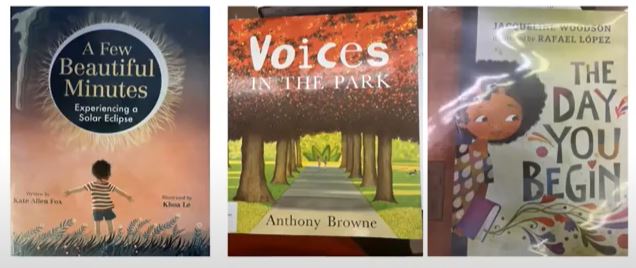
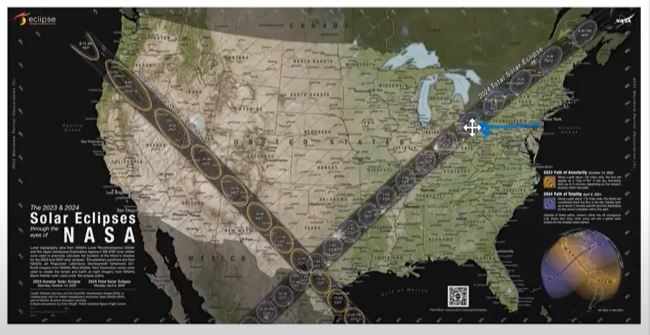
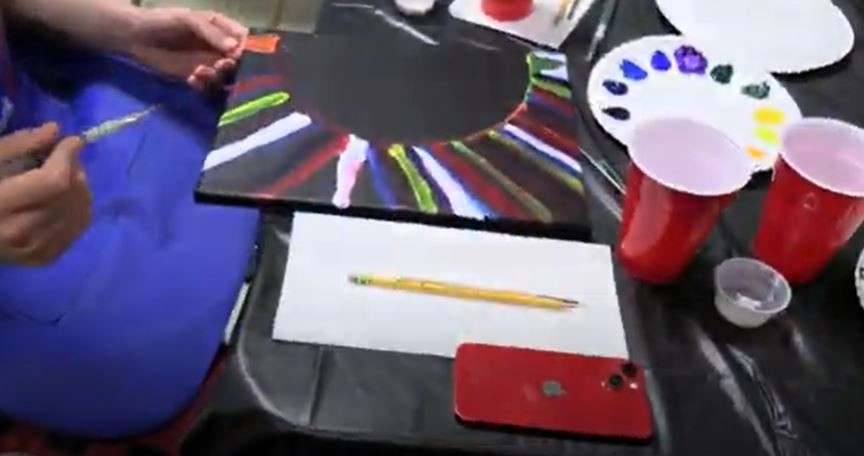
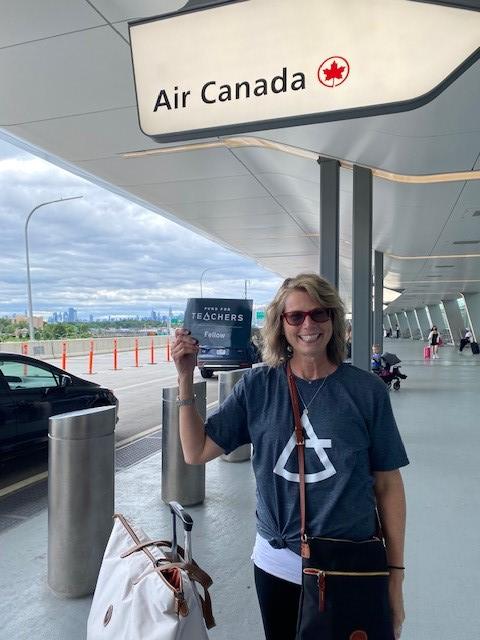
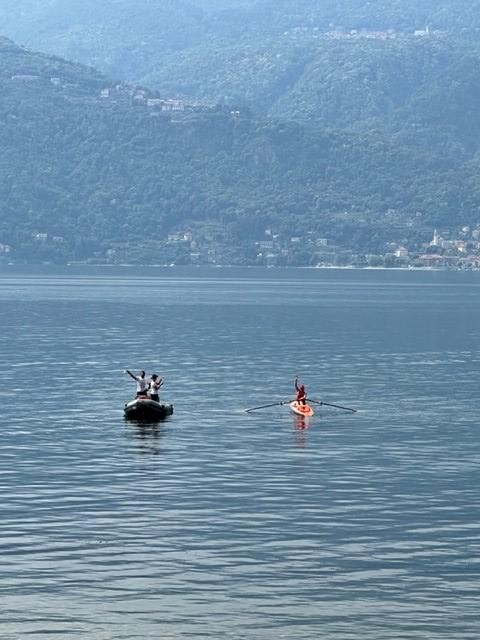
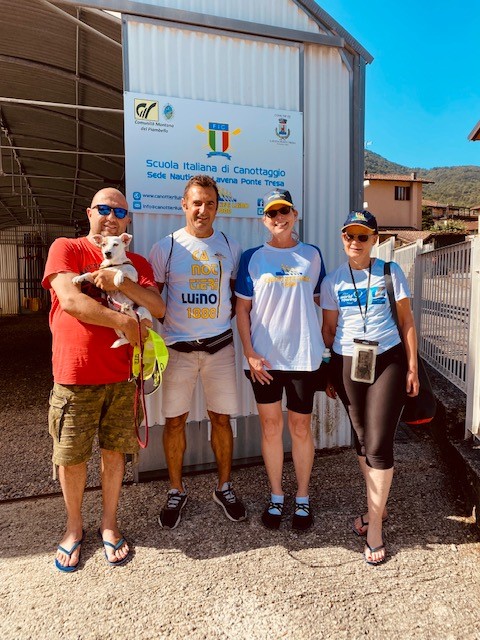
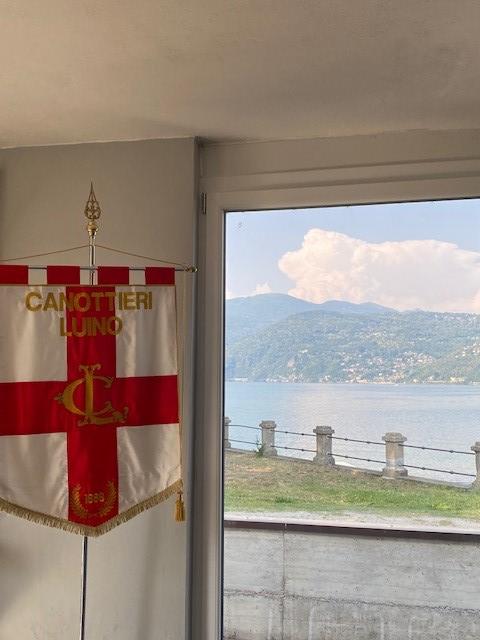
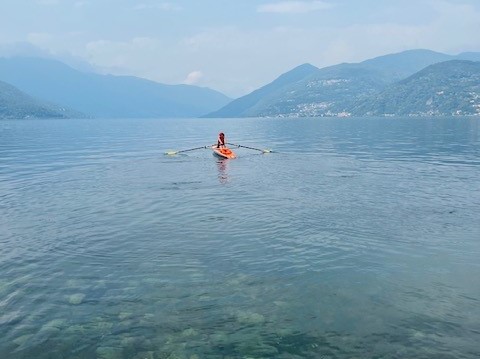 [minti_divider style=”1″ icon=”” margin=”20px 0px 20px 0px”]
[minti_divider style=”1″ icon=”” margin=”20px 0px 20px 0px”]